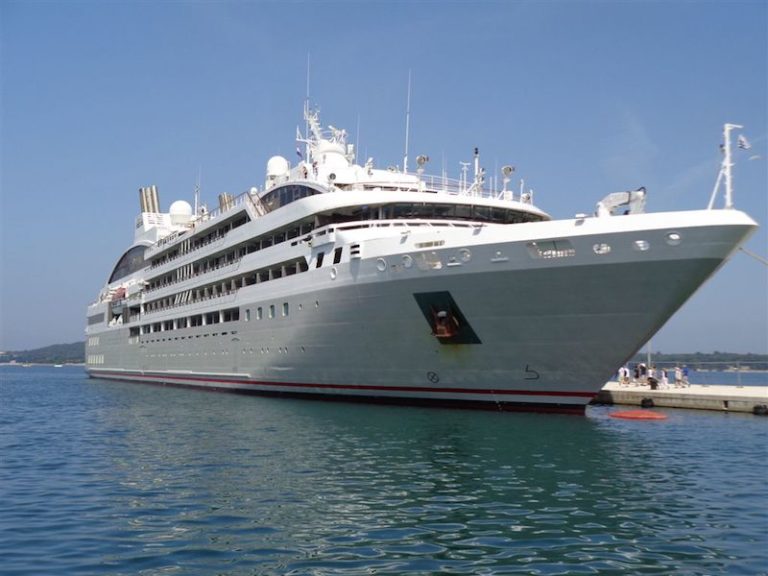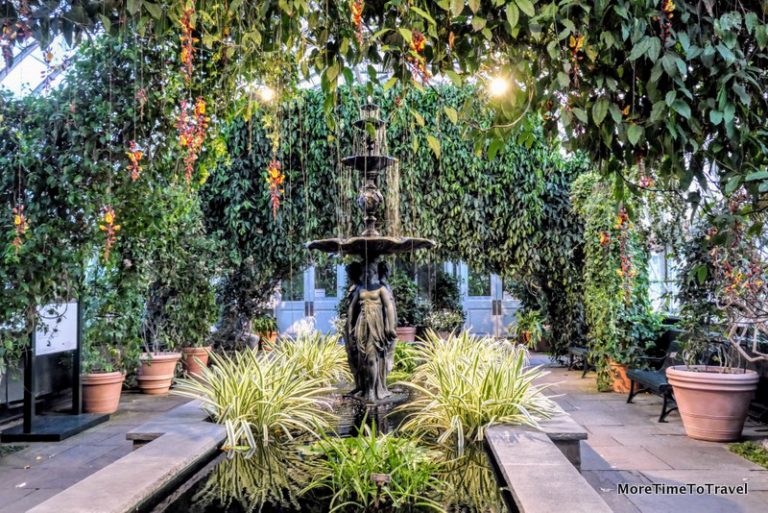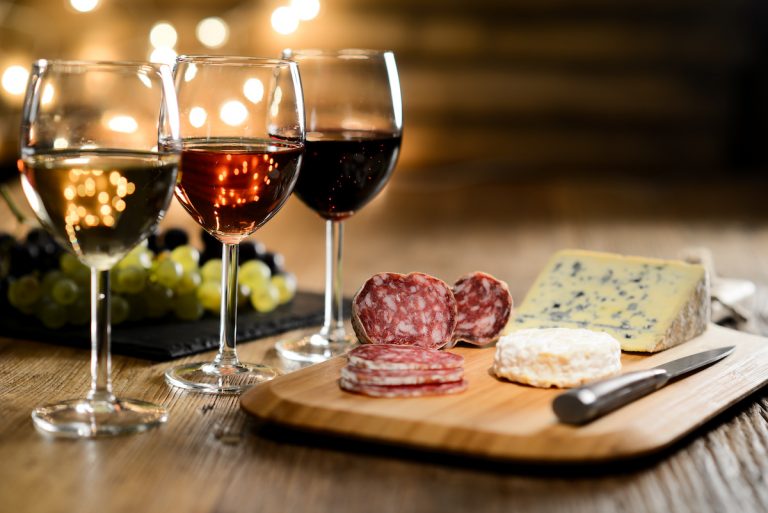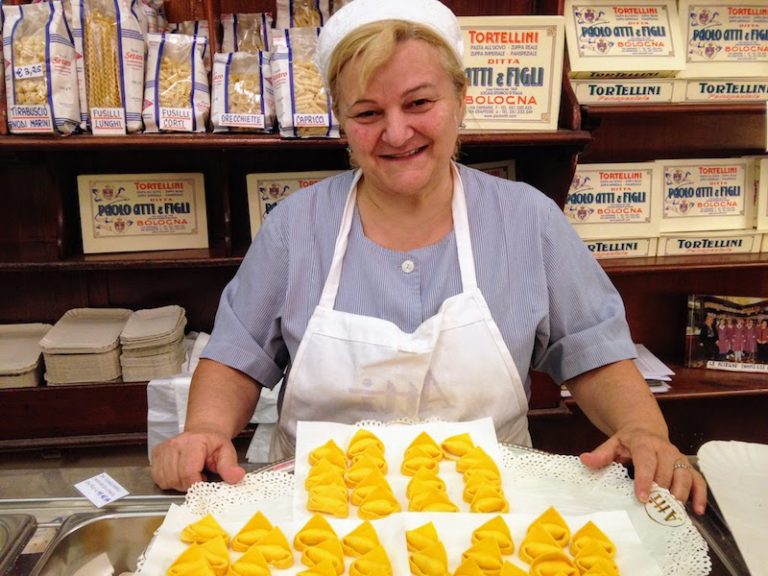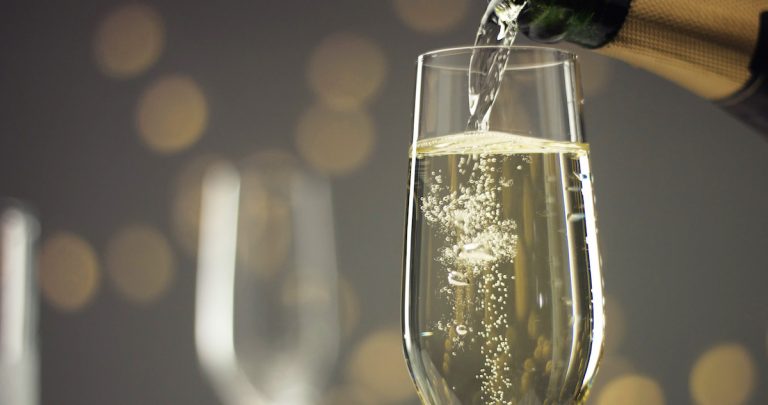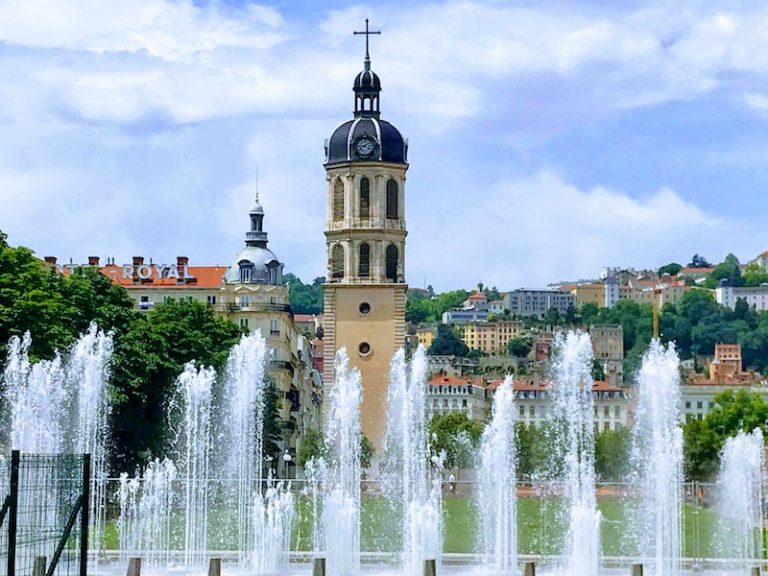Guide to the Emilia Romagna Region: What To See, Do and EAT
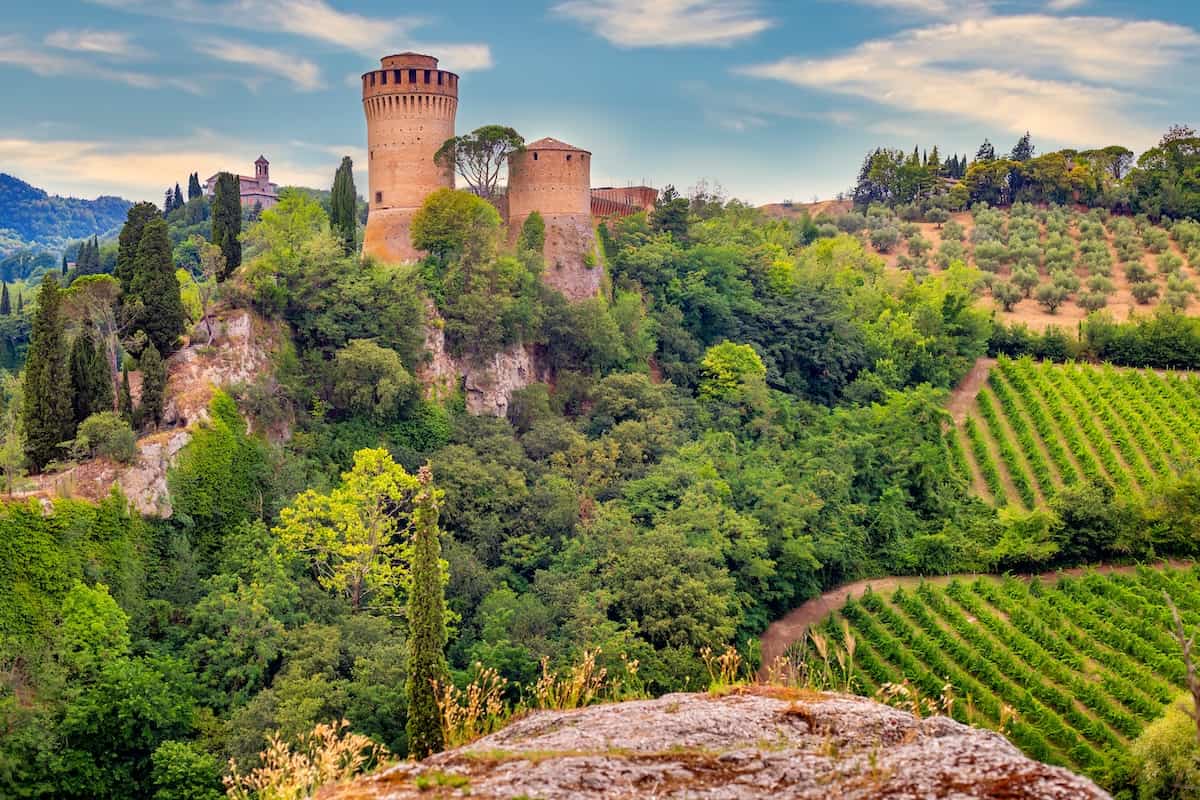
Emilia Romagna is an unbeatable destination. This mini-guide to the Emilia Romagna region offers tips on what to see, do, and eat during your visit.
There is so much to see, do, and savor in Emilia Romagna. Blessed with a climate that is seemingly perfect for agriculture and farming, most Italians agree that the nine provinces of the region comprise the gastronomic heart and soul of Italy.
Food enthusiasts soon discover that few destinations around the world can boast the quality of ingredients and rich culinary traditions found in Emilia Romagna.
Our Favorite Things to See and Do in the Emilia Romagna Region
The nine provinces of the region, each distinct from one another, include Bologna, Ferrara, Forlì-Cesena, Modena, Parma, Piacenza, Ravenna, Reggio Emilia, and Rimini. (Many capital cities in Emilia Romagna share the same name as the larger province).
Map of the nine provinces of Emilia Romagna region
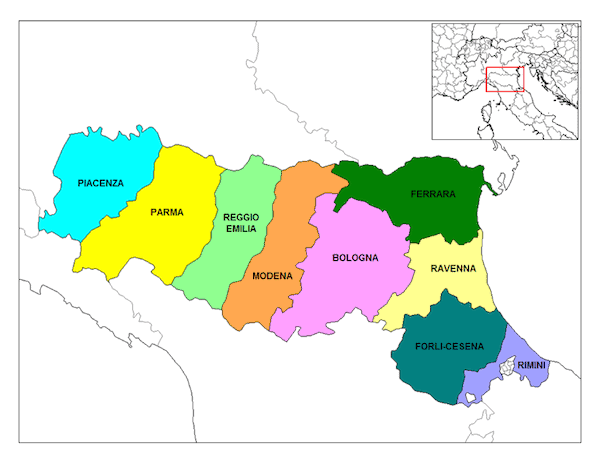
But beyond the fabulous food and wine, Emilia Romagna is rich in art, history, and culture.
Often when we travel to the region, locals ask us why we’ve returned so many times. It’s because as many times as we visit, we’re only able to scratch the proverbial surface.
Sip and savor some of the best wines and foods in Italy, of course
If you ask an Italian where they would most like to eat (aside from their mother’s house), they would likely tell you Emilia Romagna, known throughout Italy for its outstanding regional specialty foods.
The fertile region is known for its more than 200 traditional IGP (Protected Geographical Indication) products and 26 ingredients with DOP (Protected Designation of Origin) status.
Map of the special foods found along the Via Emilia
(Courtesy Emilia Romagna Tourism Board)
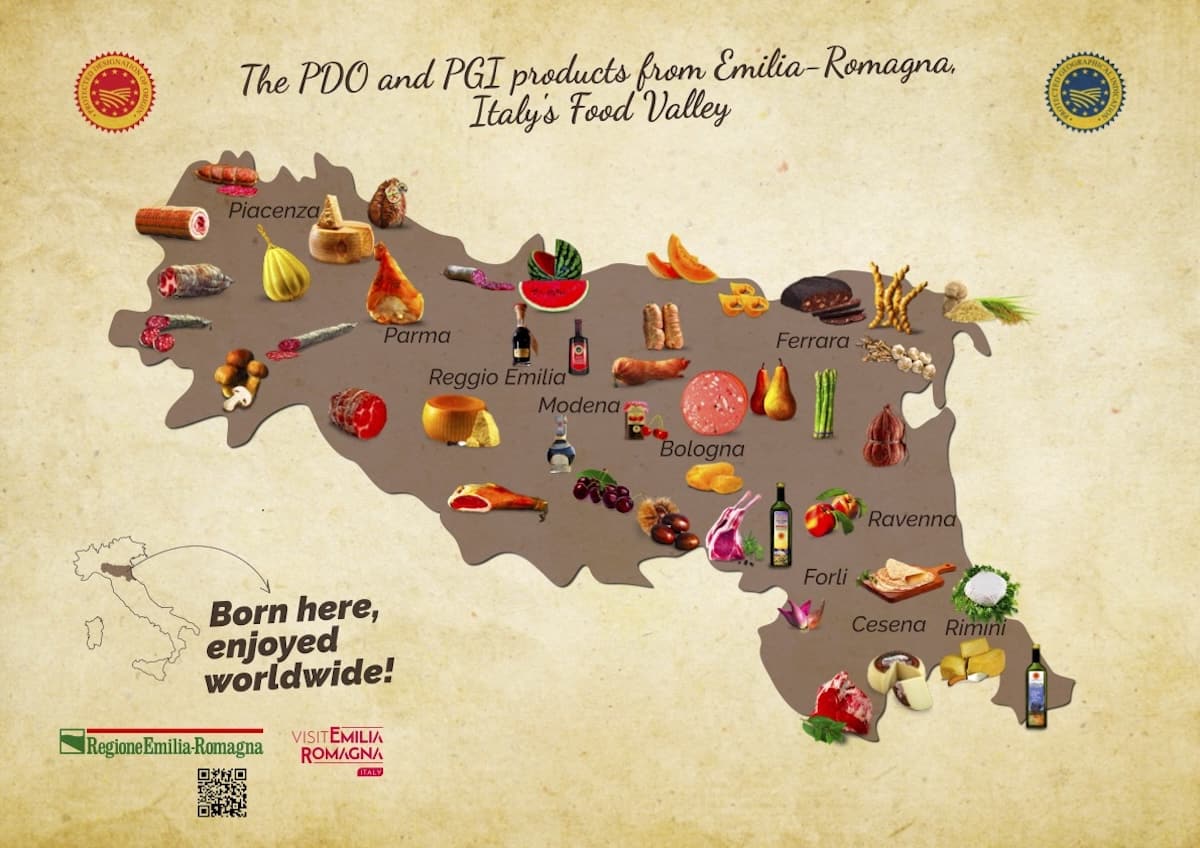
Some of the best-known foods include Parmigiano Reggiano cheese, Balsamic Vinegar of Modena, Prosciutto di Parma, Mortadella di Bologna, e Culatello di Zibello.
Regional bread specialties include Tigelle (mini flatbreads similar to an English muffin), Piadina (round flatbreads), and Coppia Ferrarese (the twisted bread of Ferrara). The most famous sweet sparkling wine of the region is Lambrusco.
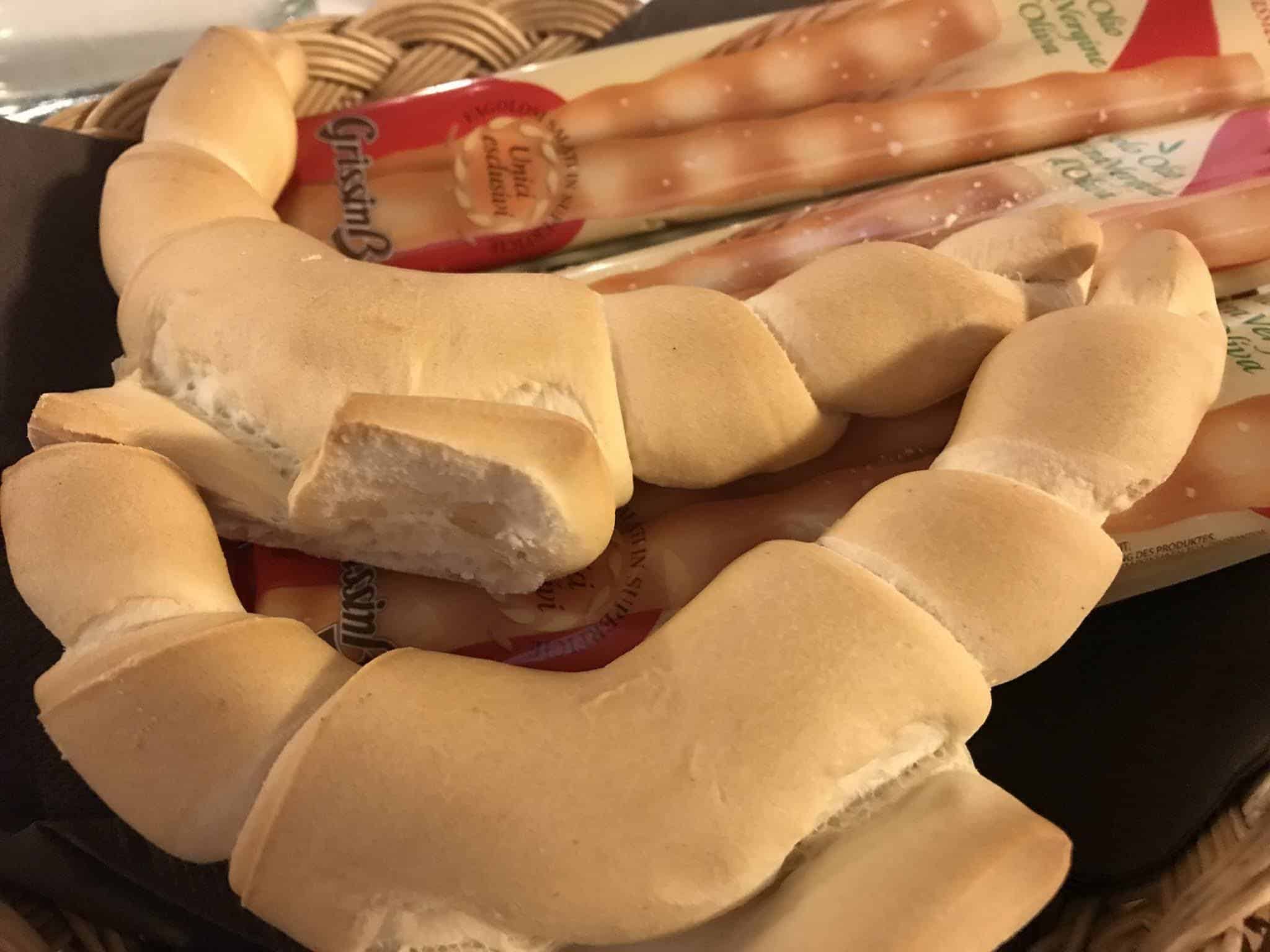
At the end of this article, we’ve included a list of some of the not-to-be-missed tastes of the region, some of which even vary from city to city and town to town
In Emilia-Romagna, home cooks and restaurant chefs have honed the art of making some of the best pasta to be found in Italy, including tortelli, tortellini, ravioli, and cappelletti. The area is perfect for food lovers who want to take cooking classes, tour food markets, visit farms and artisan food producers, hunt for truffles, visit wineries, and dine in outstanding restaurants.
Visit Bologna, the capital of the region
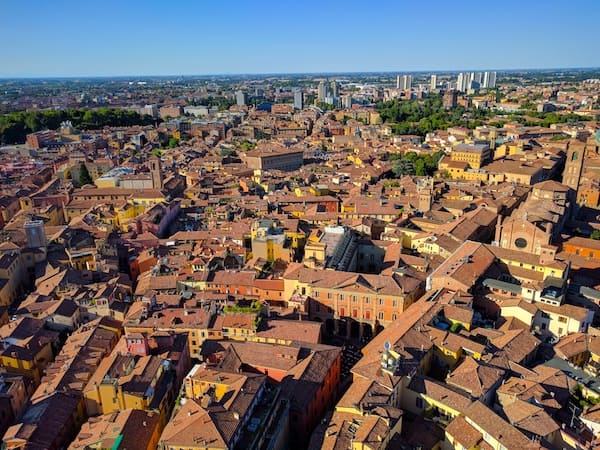
If you could only visit one city in Emilia Romagna (heaven forbid), it would have to be Bologna. It’s also the perfect place to begin a visit to Emilia Romagna and to use as a “home base” for visiting other cities.
Bologna doesn’t attract the hordes of tourists who flock to larger Italian cities like Rome, Florence, and Milan. Until recently, it was one of the most interesting and relatively undiscovered cities in Europe. Located at the foot of the Apennines mountains, it is the capital city of both the province of Bologna and the region.
How Bologna got its nickname
Bologna is nicknamed la dotta (the Learned), la grassa (the Fat) and la rossa (the Red).
- La dotta because the city is probably best known as the home of the University of Bologna, the oldest continuously operating university in the Western world;
- La grassa for its reputation for culinary excellence and traditions, including being the birthplace of Italian classics like tortellini and Ragù Bolognese; and
- La rossa for its leftist, anti-fascist politics and progressive values—along with the characteristic terracotta-red color of its buildings.
With a well-preserved historic center, Bologna is home to the University of Bologna, the oldest university in the world still in continuous operation. Founded in 1088, the formal teaching of law began there during the second half of the 12th century. Not to be missed during a visit is the Teatro Anatomico, where the first human dissections were performed.
It’s been estimated that university students comprise approximately one-third of the city’s population, giving Bologna the vitality and feel of a “college town.”
Historical center of Bologna
The city’s virtual living room is the magnificent Piazza Maggiore (the main square). It is surrounded on its four sides by some of the city’s most important historical, governmental, commercial, and religious buildings, many with stunning medieval architecture.
The Basilica of San Petronio, dedicated to the city’s patron saint, dominates the square.
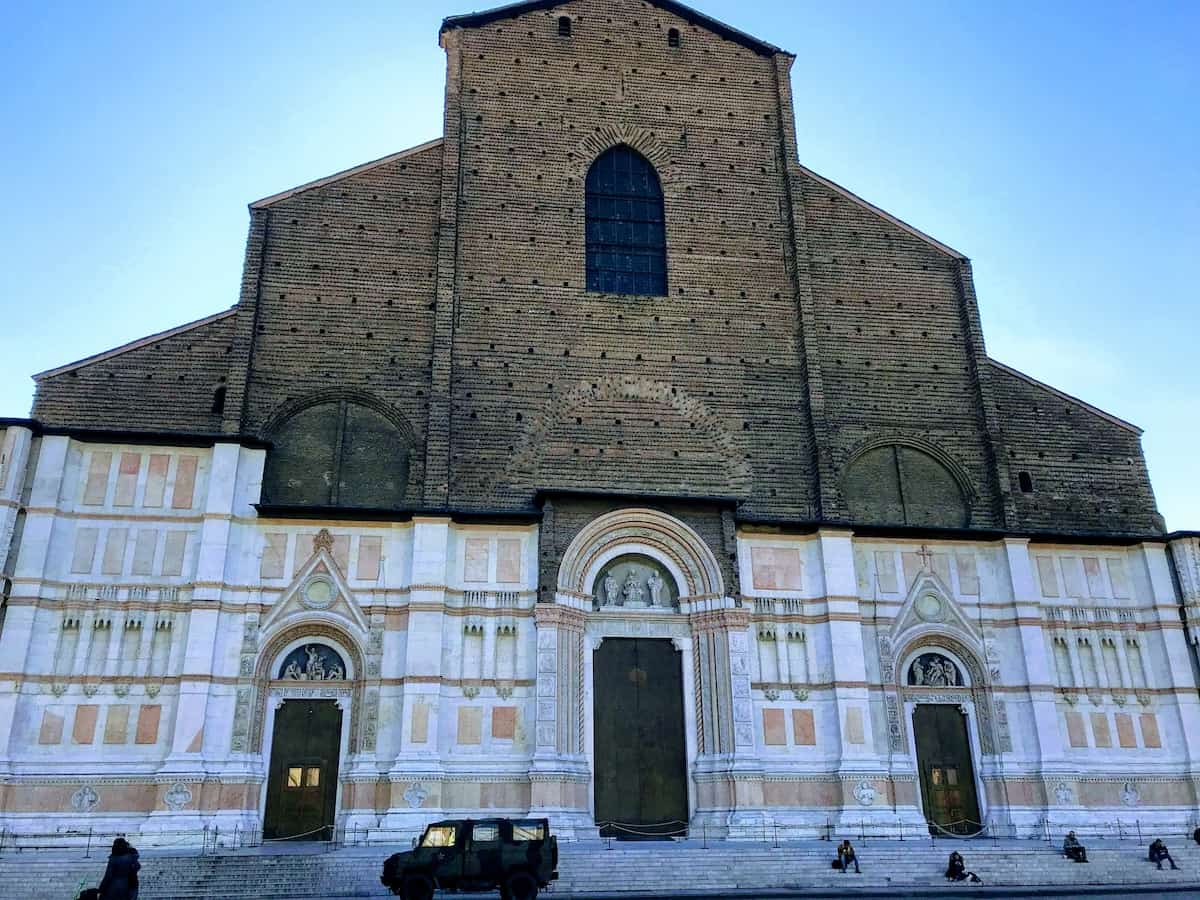
The Piazza Maggiore is lively 24/7, except for the wee hours of the morning when the street cleaners arrive. It’s often a meeting place for tourists, locals, protestors and street performers.
Bologna has some 38.5 miles of porticos (covered arcades) that were awarded UNESCO recognition status. The longest one in Bologna and the world, the Portico di San Luca, is almost 2.4 miles long with 664 arches. In addition to providing a protected path to the Sanctuary of the Madonna di San Luca, it has religious symbolism.
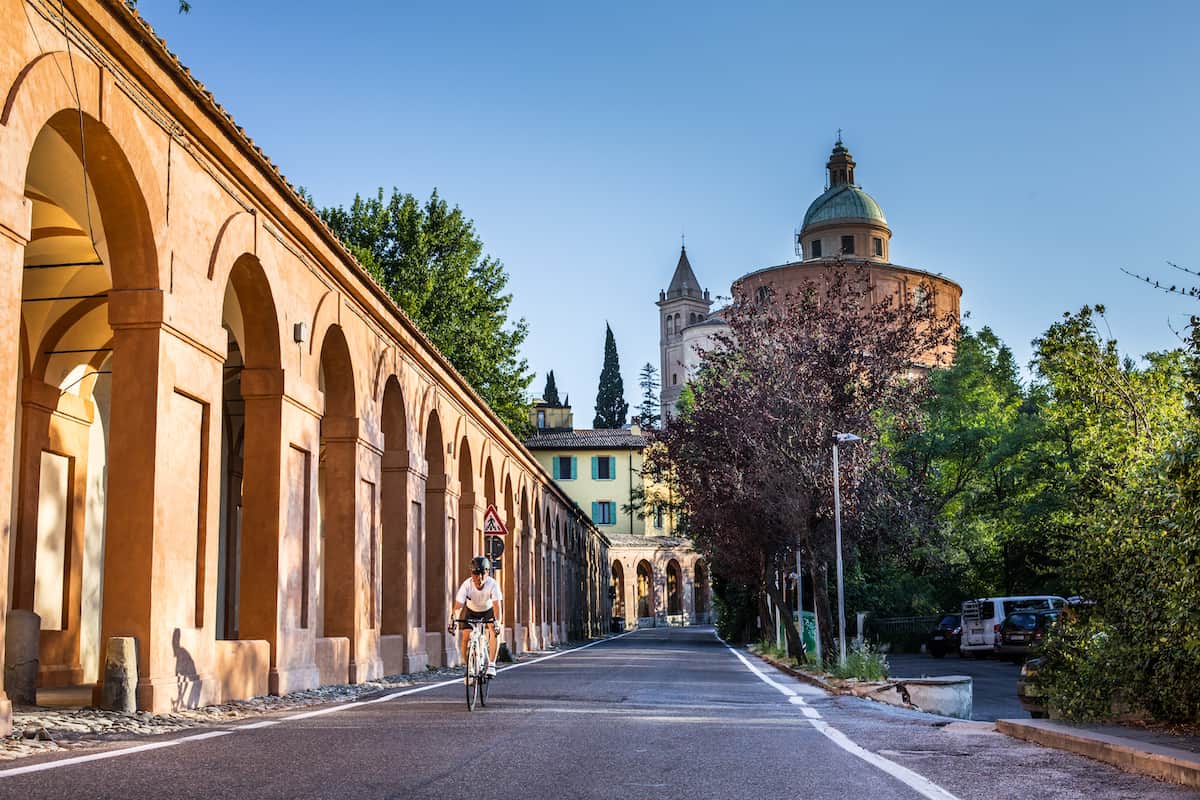
Two recognizable medieval towers, the Asinelli and Garisenda towers are so iconic that they are considered the symbols of Bologna. Efforts are currently underway to preserve and restore these two towers (Due Torri), both of great historical significance. The Asinelli tower is the taller of the two. Standing 391 feet tall, it is the tallest leaning tower in the world. Even the far more famous 186-foot-tall Leaning Tower of Pisa pales in size.
The Quadrilatero, the historic marketplace of Bologna
Bologna has a long tradition of tradesmen and artisans who have been producing metals, jewelry and holy art since the 1200s.
One of the most interesting and historic places in the city is its commercial heart, called The Quadrilatero, a maze of streets where ancient shops are bustling with greengrocers, fishmongers, delicatessens, bakeries, jewelers, butchers and craftsmen.
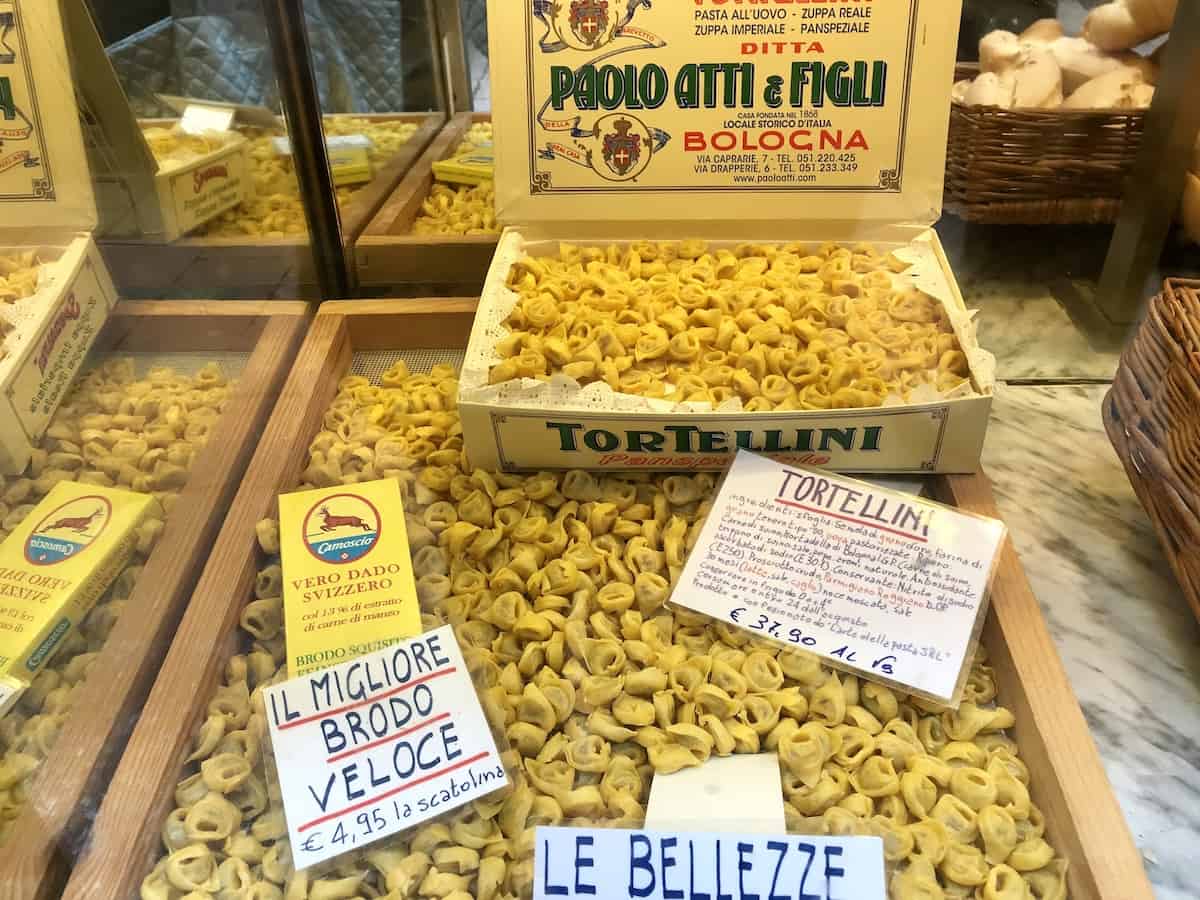
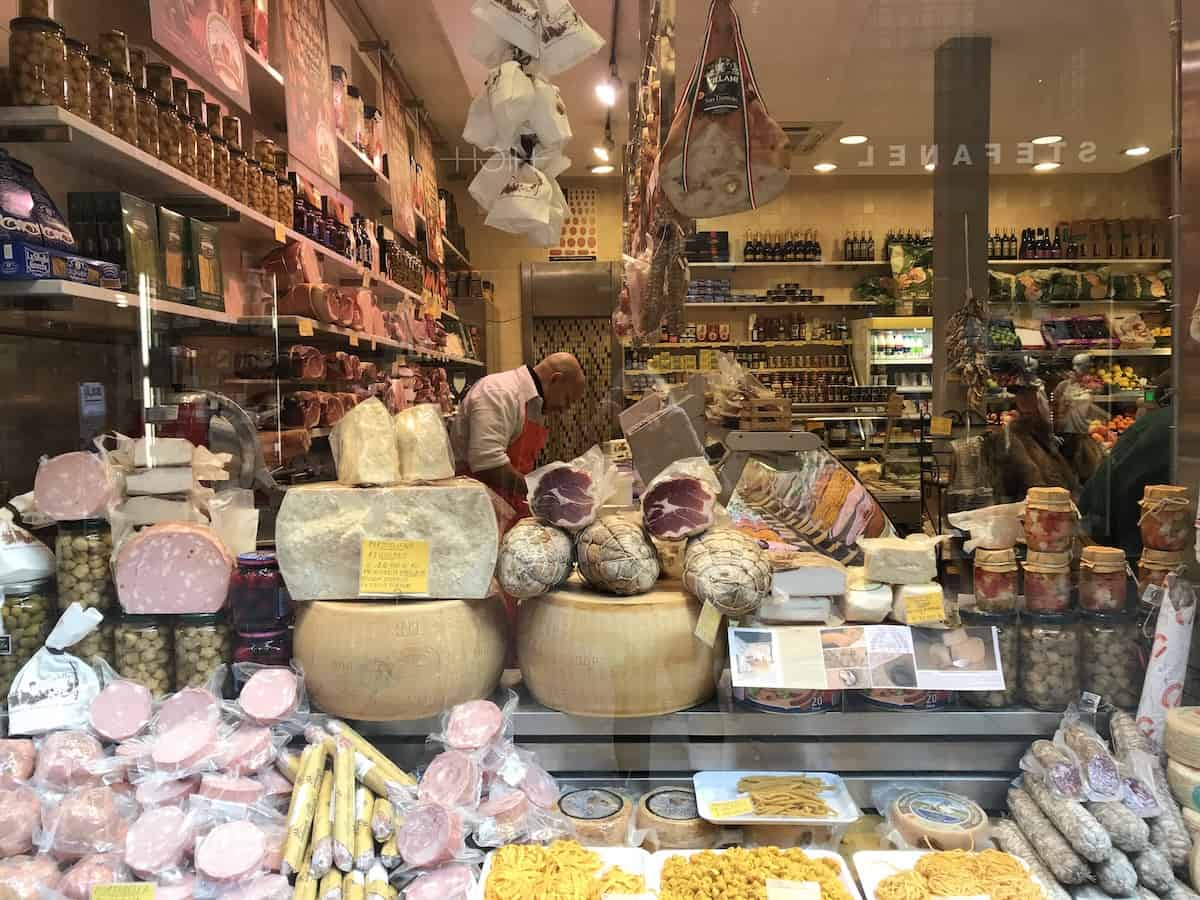
Many businesses are operated by the same families that began them generations ago, who have maintained their historic storefront signs and original period furnishings from the past.
Get your heart racing in the Motor Valley
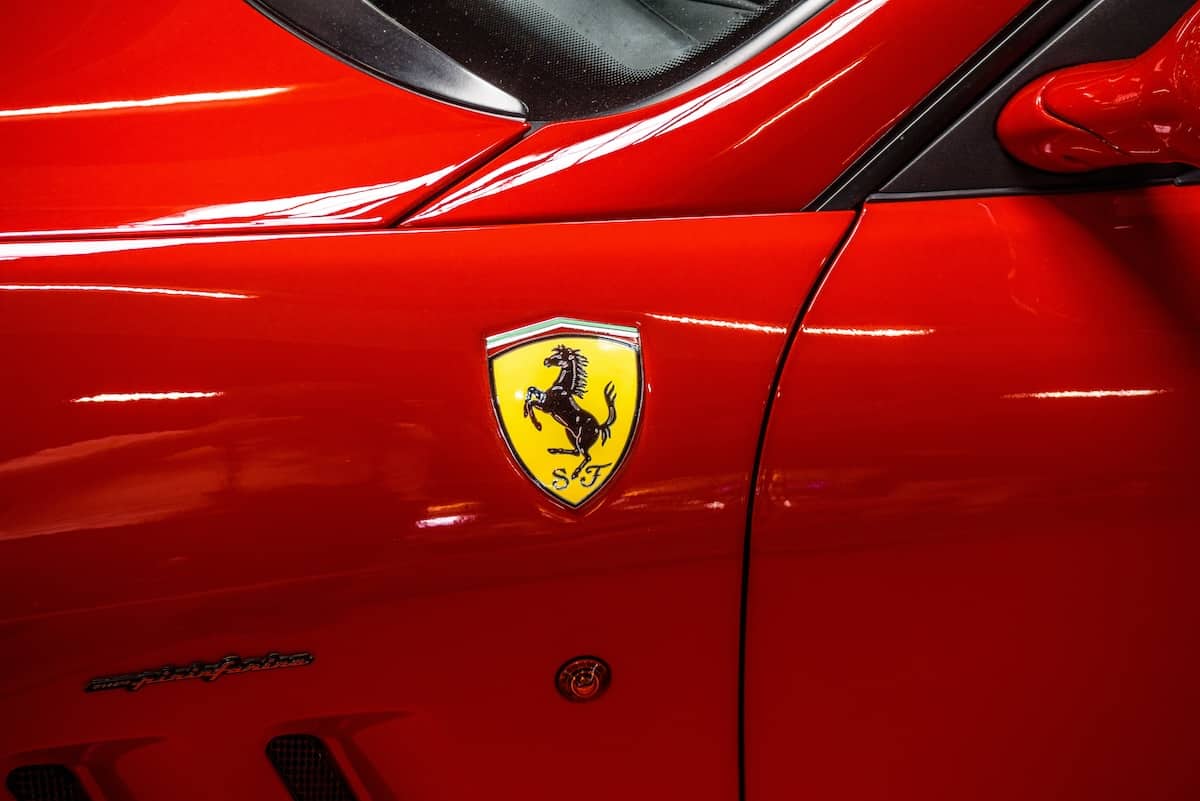
Does speed excite you? Because of the concentration of luxury auto and motorcycle makers and car museums in the region, Emilia Romagna has been dubbed Italy’s “Motor Valley.” Many visitors come to attend one or more of the world-class car and motorcycle races that take place there.
Travelers can tour automotive pioneers’ museums and factories, including those of Ferrari, Maserati, Lamborghini, Ducati, and Pagani. For example, the town of Maranello, which lies just south of Modena, is the home of Ferrari luxury sports cars.
Enzo Ferrari has been the subject of several recent biopics that tell the story of the family behind the brand. Car enthusiasts from around the world make pilgrimages to the Musei Ferrari (Ferrari Museum) to learn about the company’s history and see Formula 1 racing cars up close. The museum is located in the house where Enzo was born.
Also in Marinello, a shuttle ferries visitors to the company’s actual factories and the Fiorano Test Circuit. The historic entrance hall to the complex is the same one that existed in 1947.
The Imola Circuit, located in the town of Imola (officially called the Autodromo Internazionale Enzo e Dino Ferrari), is the site of many championship races. But more than a racing venue, it offers track tours, walking tours and special programs.
Modena is world-famous for its high-quality balsamic vinegar and for Francescana, the destination restaurant helmed by Chef Massimo Bottura. The restaurant has garnered three Michelin stars and consistently appears on the list of The World’s 50 Best Restaurants.
Soak in the sun at seaside cities on the Adriatic Riviera
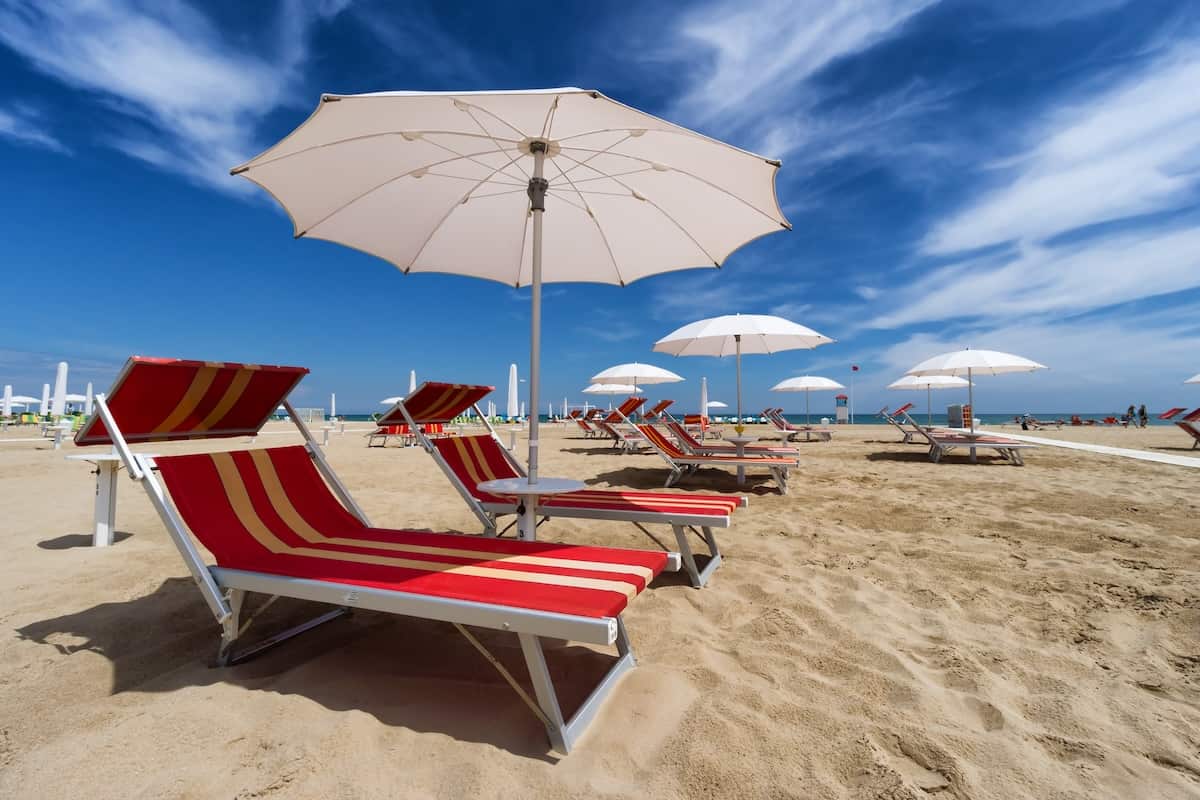
The seaside towns of Rimini (and Riccione, a small city in the larger province of Rimini) are both set on the Adriatic coast.
They offer spacious beaches, ancient ruins, seasonal festivals, and vibrant nightlife but under progressive leadership, they are being reborn to showcase their wealth of art and culture.
However, the history of Rimini dates back to Roman times; its ancient town center with narrow streets is richly endowed with monuments.
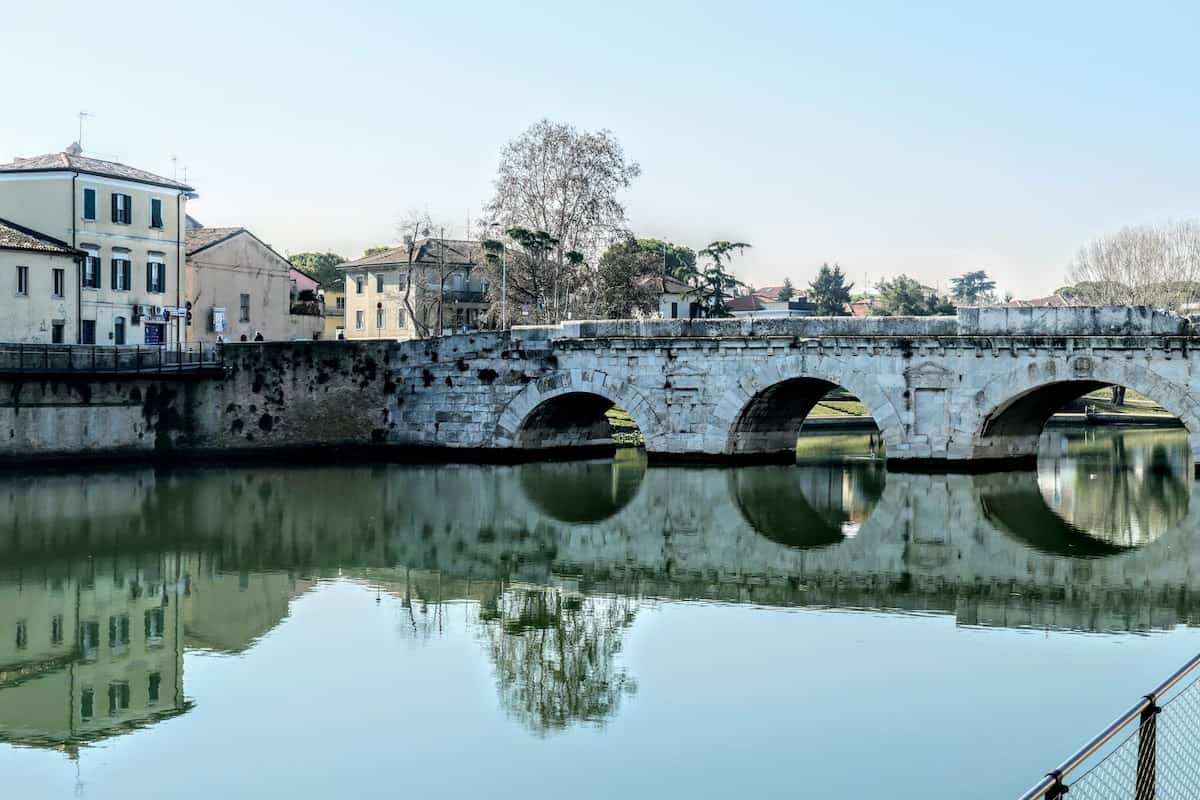
Rimini is the birthplace of director Federico Fellini and film buffs will want to explore The Federico Fellini International Museum, a museum without walls that traces the story of Fellini and his famous films.
The museum seamlessly blends indoor and outdoor spaces spread across the city center. Visitors can see drawings, costumes, original scripts, and immersive multimedia presentations. Located just across from the beach, a large square dedicated to the director is located near the five-star Grand Hotel Rimini, made famous in his movie Amarcord.
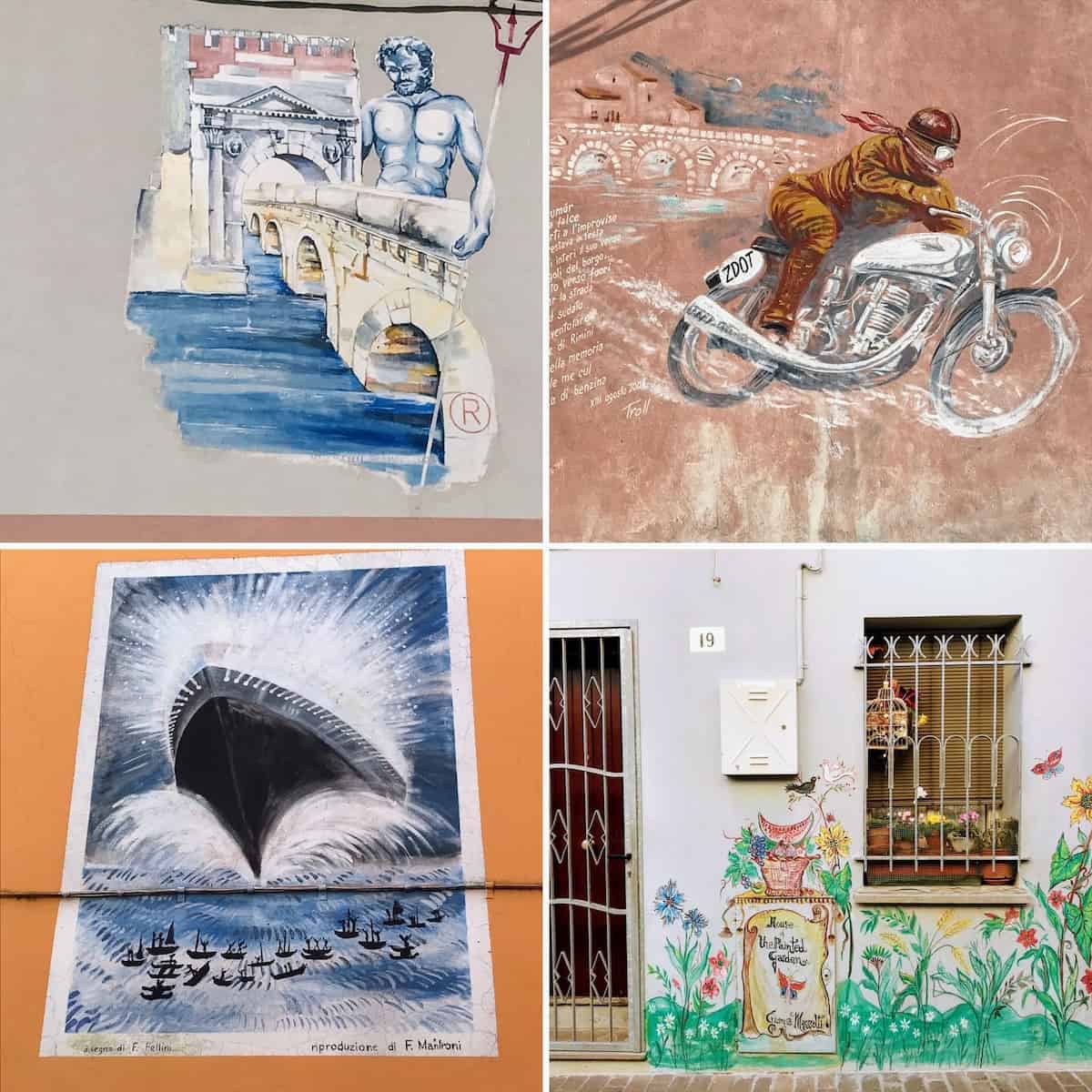
Riccione is the setting of Under the Riccione Sun, a 2020 Italian comedy-drama that showcases the town’s popularity as a summer mecca for young people.
Surround yourself with magnificent street art in Dozza
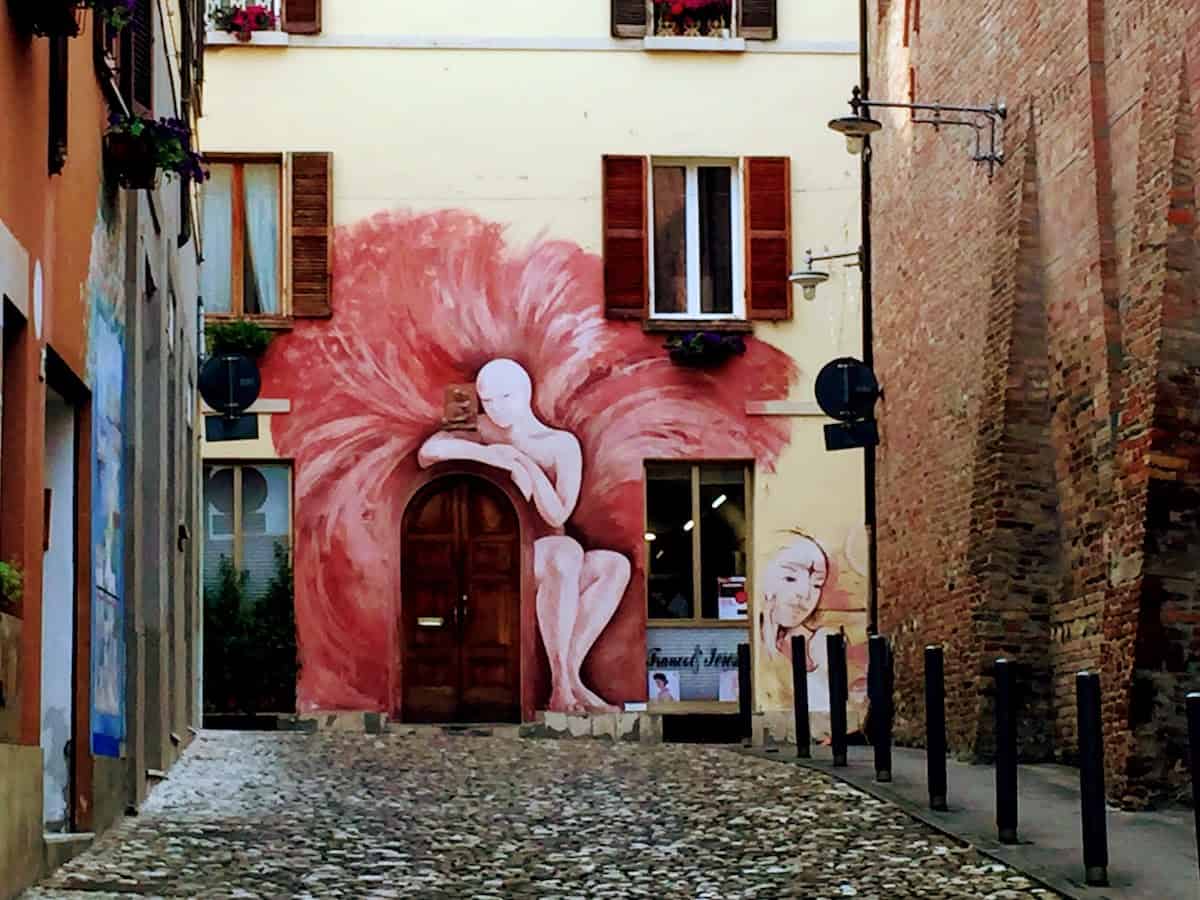
Located south of Bologna, Dozza is a mecca for lovers of street art. It is one of the most beautiful villages in Italy (Borghi piu belli d’Italia).
Every two years, the village holds a biennial competition drawing local and international artists who literally “paint the town,” both private residences and public buildings. Every vantage point is worthy of a picture.
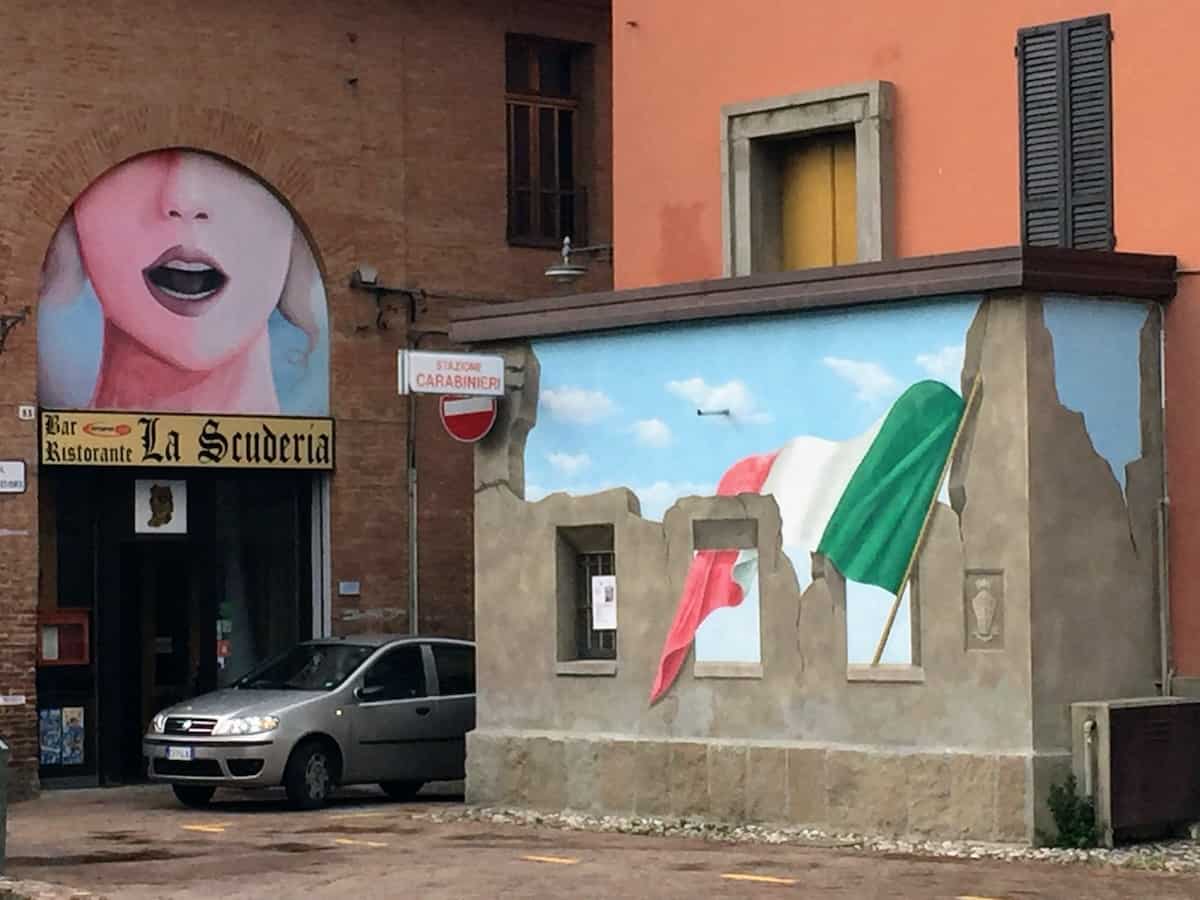
The Sforza Castle of Dozza built in 1332 is now a museum (complete with a prison and dungeon in the basement). The lower level showcases various instruments of torture once used there.
It is also home to the regional wine cellar for Emilia Romagna, offering more than 800 wines from 200 small, local producers.
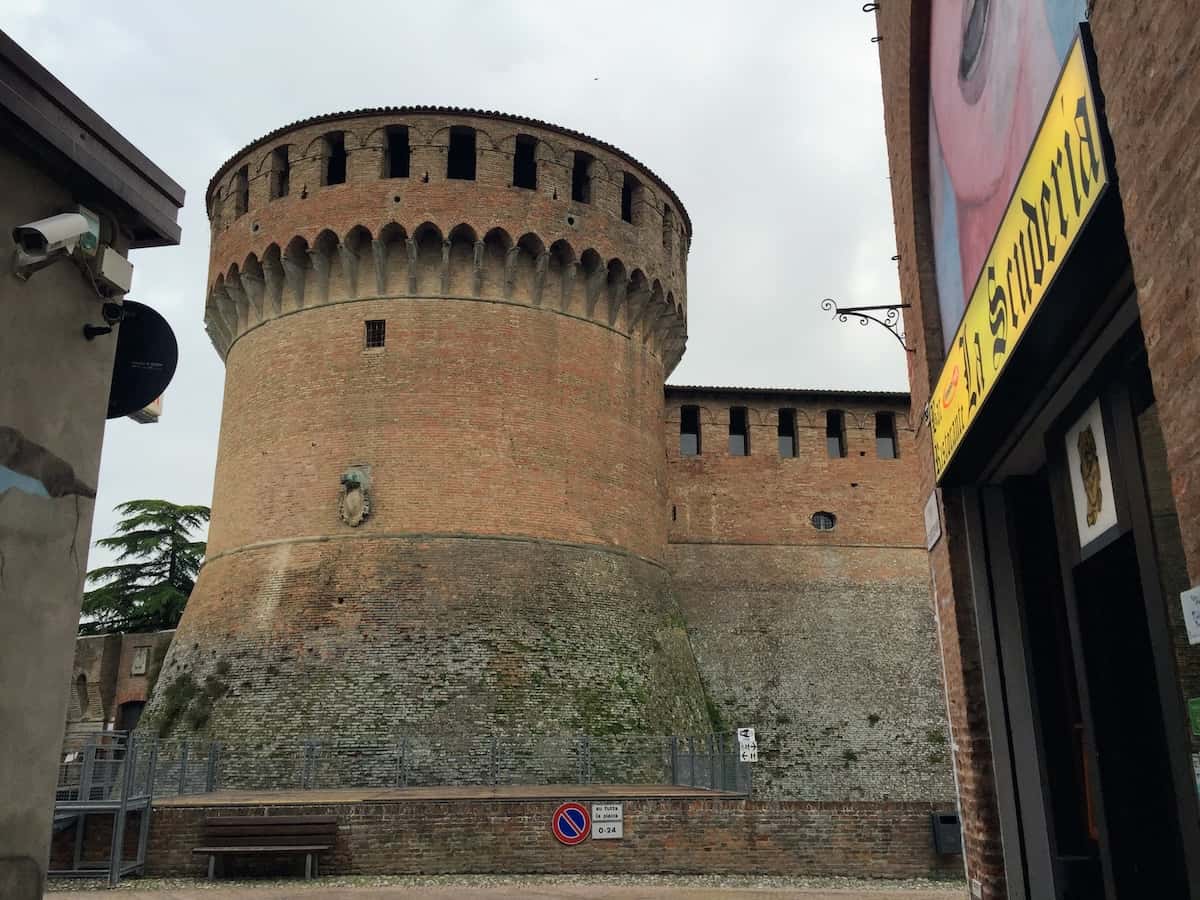
Sniff your way to Savigno, the City of Truffles
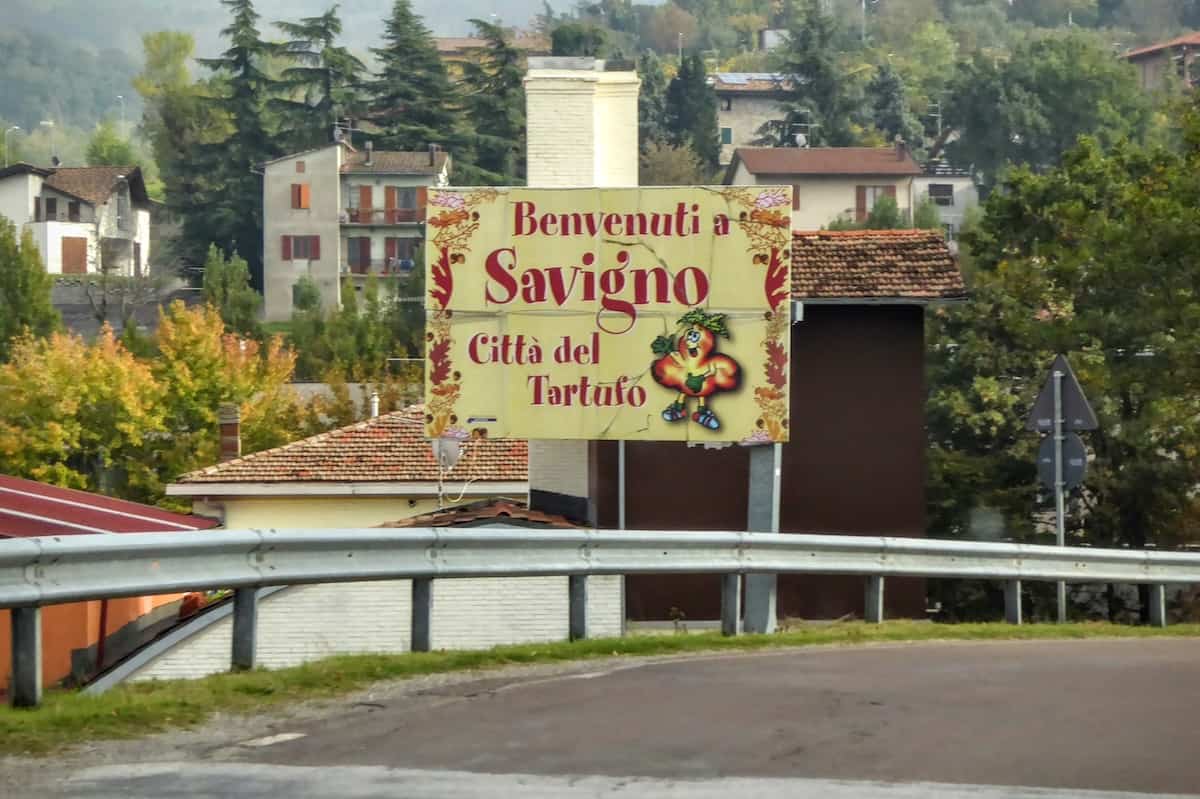
In this small town not too far from Bologna, you can dine, stay overnight, and/or arrange a truffle-hunting experience.
Chef Alberto Bettini’s grandparents opened a humble restaurant in Savigno, Amerigo 1934, that has achieved longevity by reinventing regional classics with a modern twist while showcasing dishes that feature the area’s aromatic white truffles.
The trattoria has a rustic, tavern-like feel that seems as if it hasn’t changed much since the ‘30s. Guests enter through a passage from the adjacent dispensa (grocery) that’s lined with floor-to-ceiling wooden shelves displaying jars of neatly stacked specialty food products.
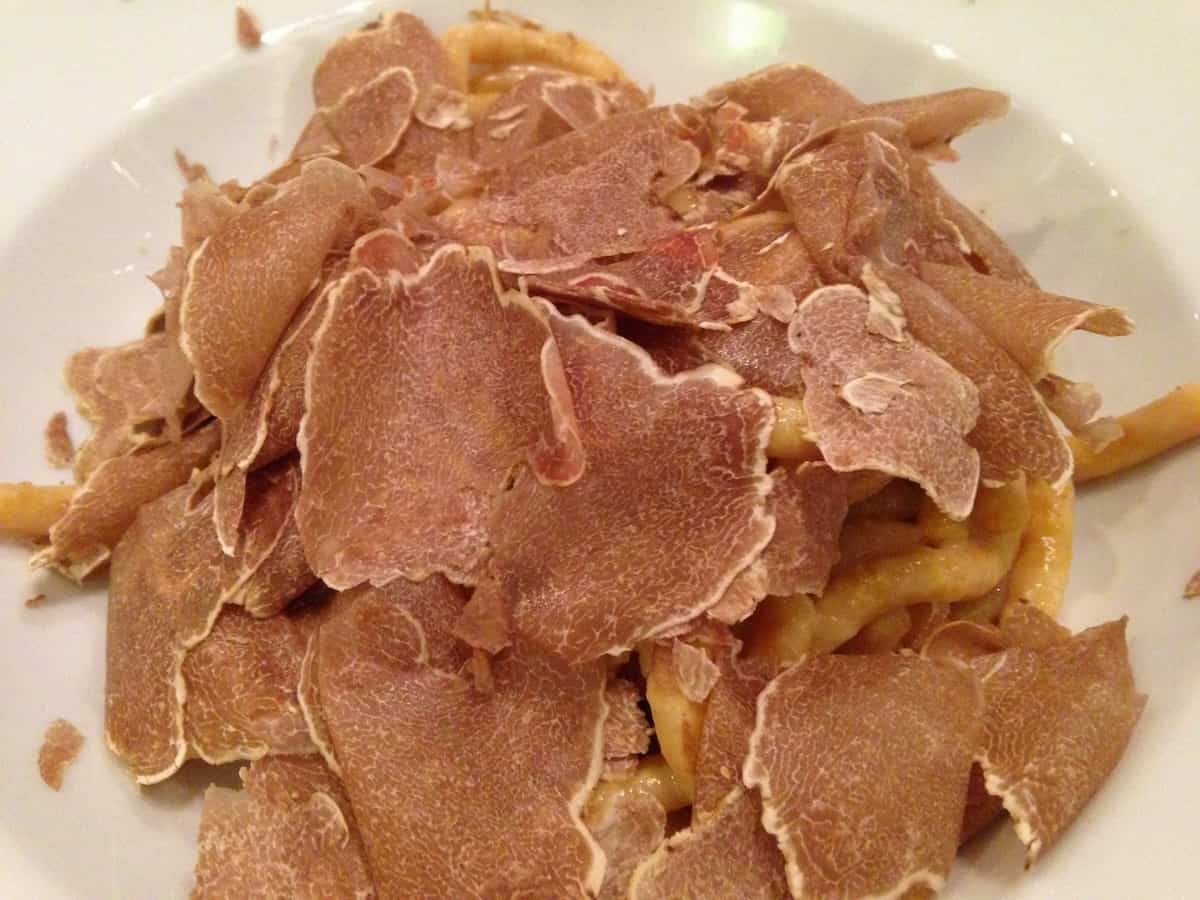
Extend your visit with a stay at the locanda, one of the old stone houses in the village that have been restored by Bettini. In November, visitors from all over Italy and abroad flock to Savigno to participate in its annual truffle festival.
Take a road trip on the Via Emilia In Emilia Romagna
One of the best ways to explore the region is to do so slowly on a leisurely road trip that also hits some of the smaller cities, villages and towns off your route.
Between strategically placed castles and fortresses are endless acres of farmlands covered with grapevines, olive groves, and citrus trees. On both sides of the road, you can often spot cattle resting in the autumn sun.
The Via Emilia (the old Roman road, which is now a modern highway called SS9) traverses the region in a nearly straight line from west to east. Covering a distance of about 165 miles, you can probably get from one end to the other in about three hours, but failing to stop along the way would be a big mistake.
These cities are some essential places to visit on the Via Emilia:
Parma
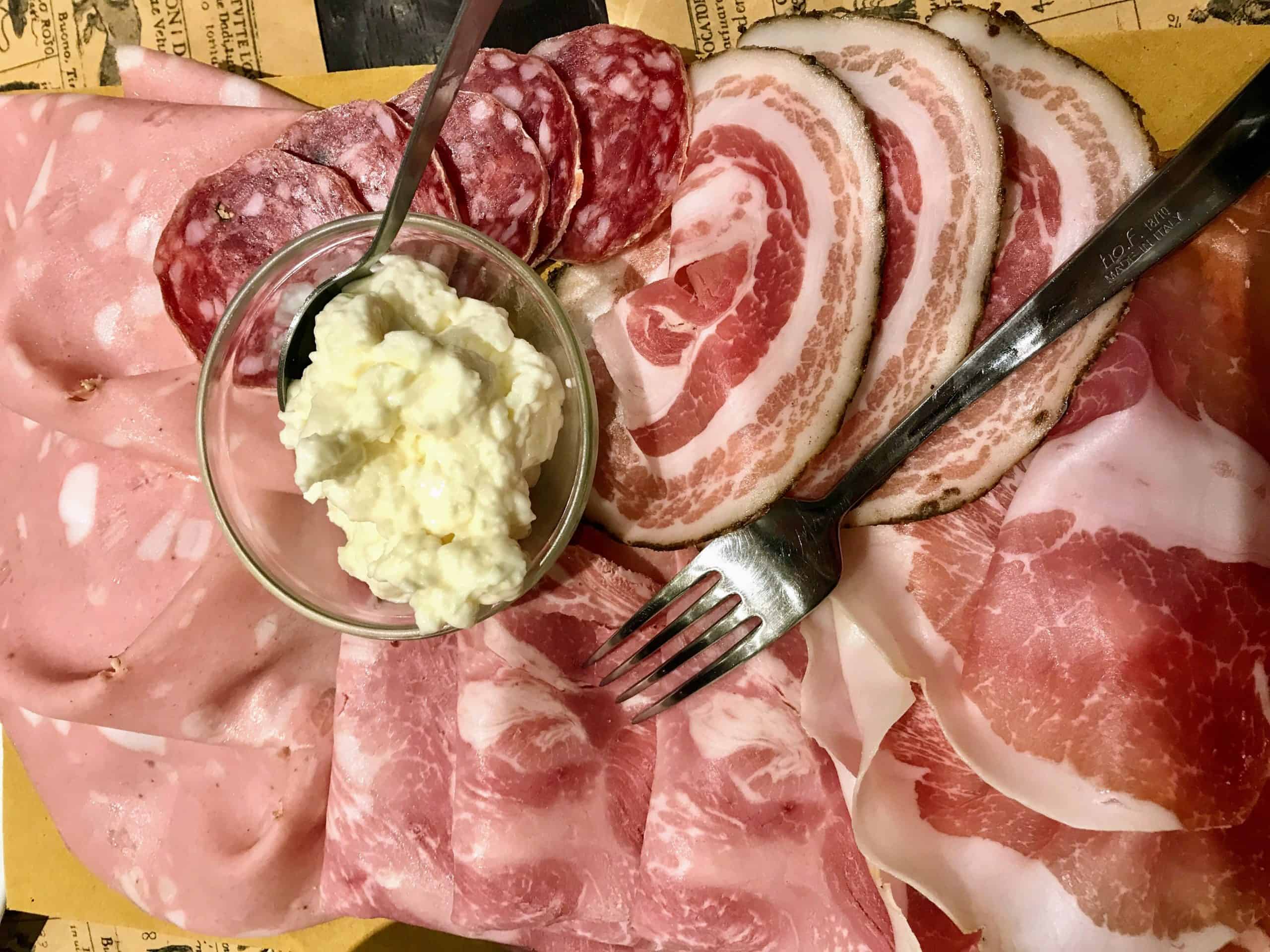
Parma is known for its foods, especially its extraordinary ham and cheese. Parmigiano-Reggiano cheese, the most famous and most imitated Italian cheese in the world, is only produced in the provinces of Parma, Reggio Emilia, Modena, Bologna and Mantua.
You can see it made in creameries and also sample the famous Prosciutto di Parma (ham) where it is produced. Parma also has four unique food museums: the Parmigiano-Reggiano Museum in Soragna, the Parma Ham Museum in Langhirano, the Fellini Salami Museum, and the Tomato Museum in Collecchio.
The city is also a mecca for opera buffs who come to visit Teatro Regio di Parma, the city’s neoclassical opera house. Parma was the home to Arturo Toscanini, and Giuseppe Verdi grew up in nearby Busetto. The city center is filled with other historical landmarks including the Parma Cathedral (Catterdrale di Santa Maria Assunta), whose dome was painted by Correggio.
Reggio Emilia
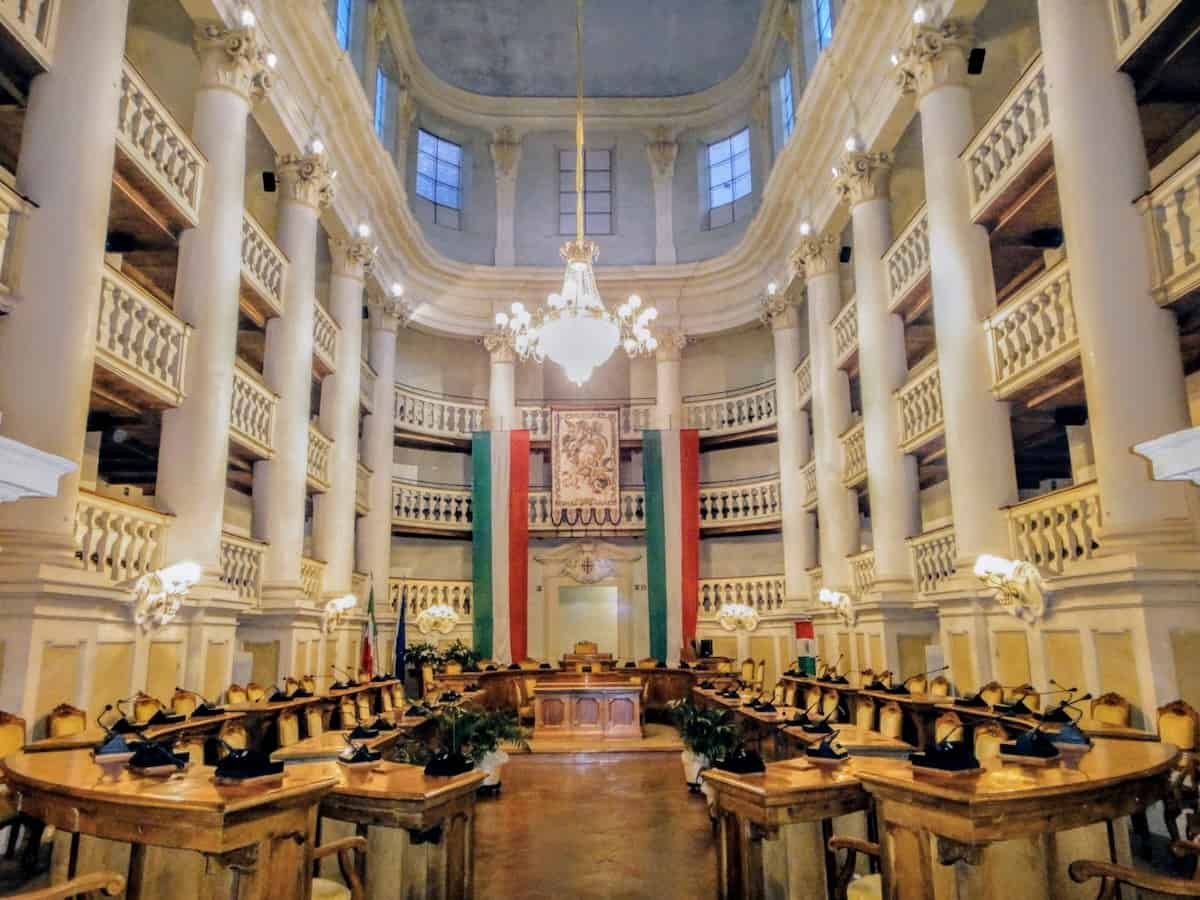
Reggio Emilia is called the “tricolor city” because its flag became the national flag of Italy. When the flag was first created in 1797, it had red, green and white horizontal stripes; after the unification of Italy in 1848, the stripes were turned vertical.
The original flag is housed inside the town hall of Reggio Emilia, which was the first site of the Italian parliament.
The city is well-known by educators because of its pioneering child-centered technique to early childhood education called the “Reggio Emilia” approach.
Ferrara
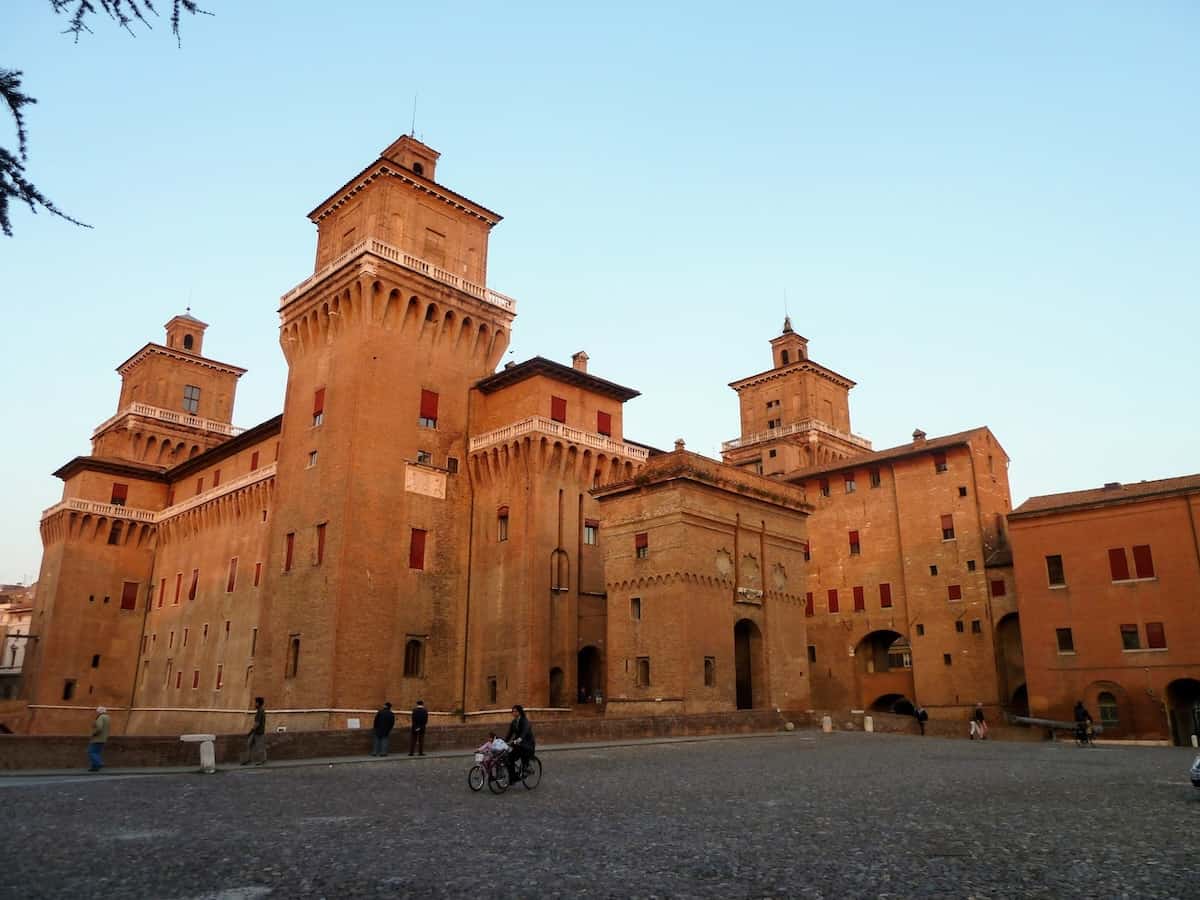
Ferrara, one of the first planned cities of the Renaissance and still has an intact medieval center. Built with red bricks, the Castello Estense, was constructed for the Este family in 1385, linked to the family’s ducal palace. It is an architecturally stunning edifice, complete with a drawbridge and moat.
Because of its size and central location, this medieval fortress seems to dominate the city. The novel, The Marriage Portrait, takes readers on a trip through history based on real events that took place in the castle in Ferrara between 1537 and 1569.
The Jewish Museum of Ferrara (Museo Nazionale Dell’Ebraismo Italiano e della Shoah [MEIS]) is a national museum that tells the 2000-year history of Jews in Italy. The decision was made to locate the museum in Ferrara (in a former prison) because the city’s history has been entwined with that of Judaism.
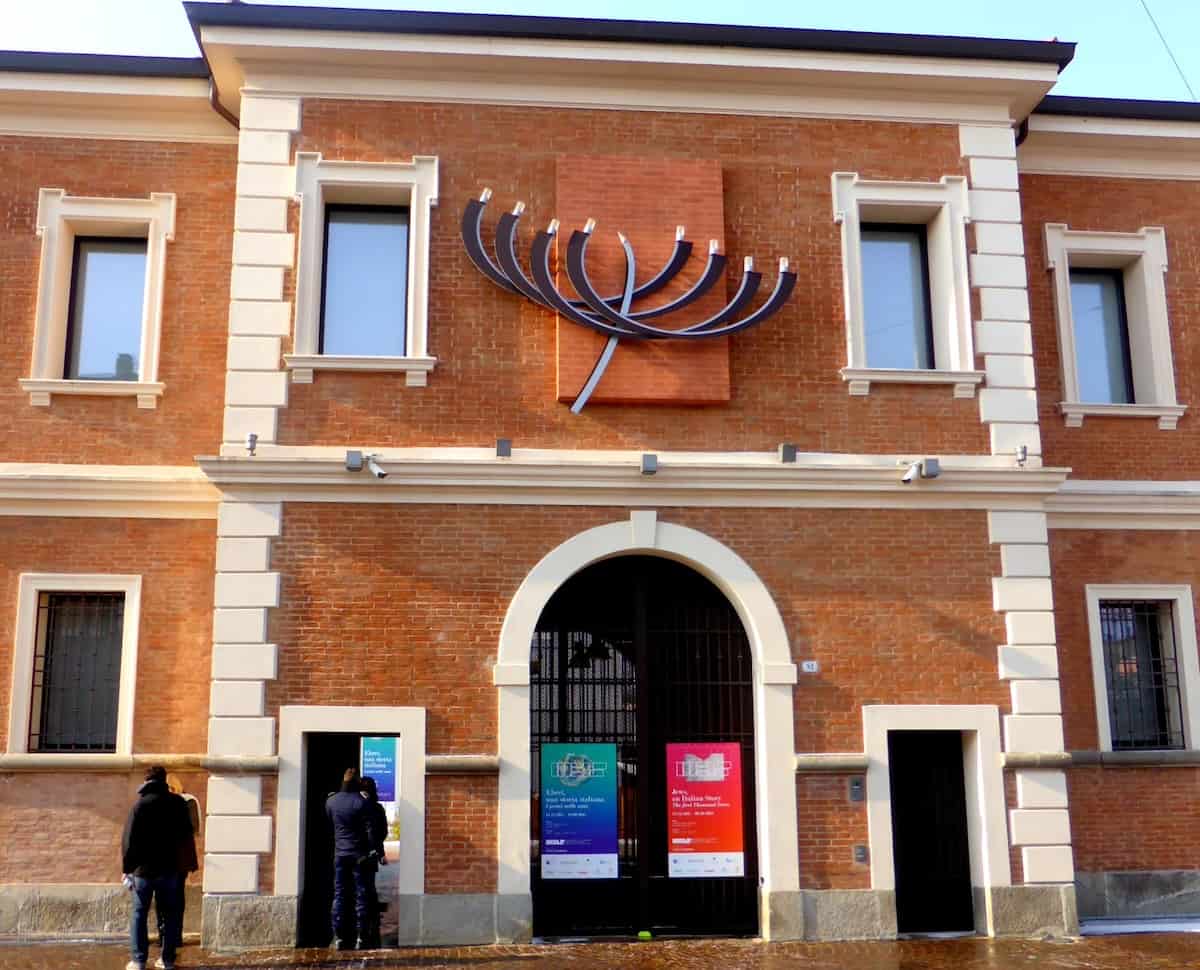
The novel and movie, The Garden of the Finzi-Continis, documents the lives of marginalized Jews living in Ferrara under Fascism.
Ravenna
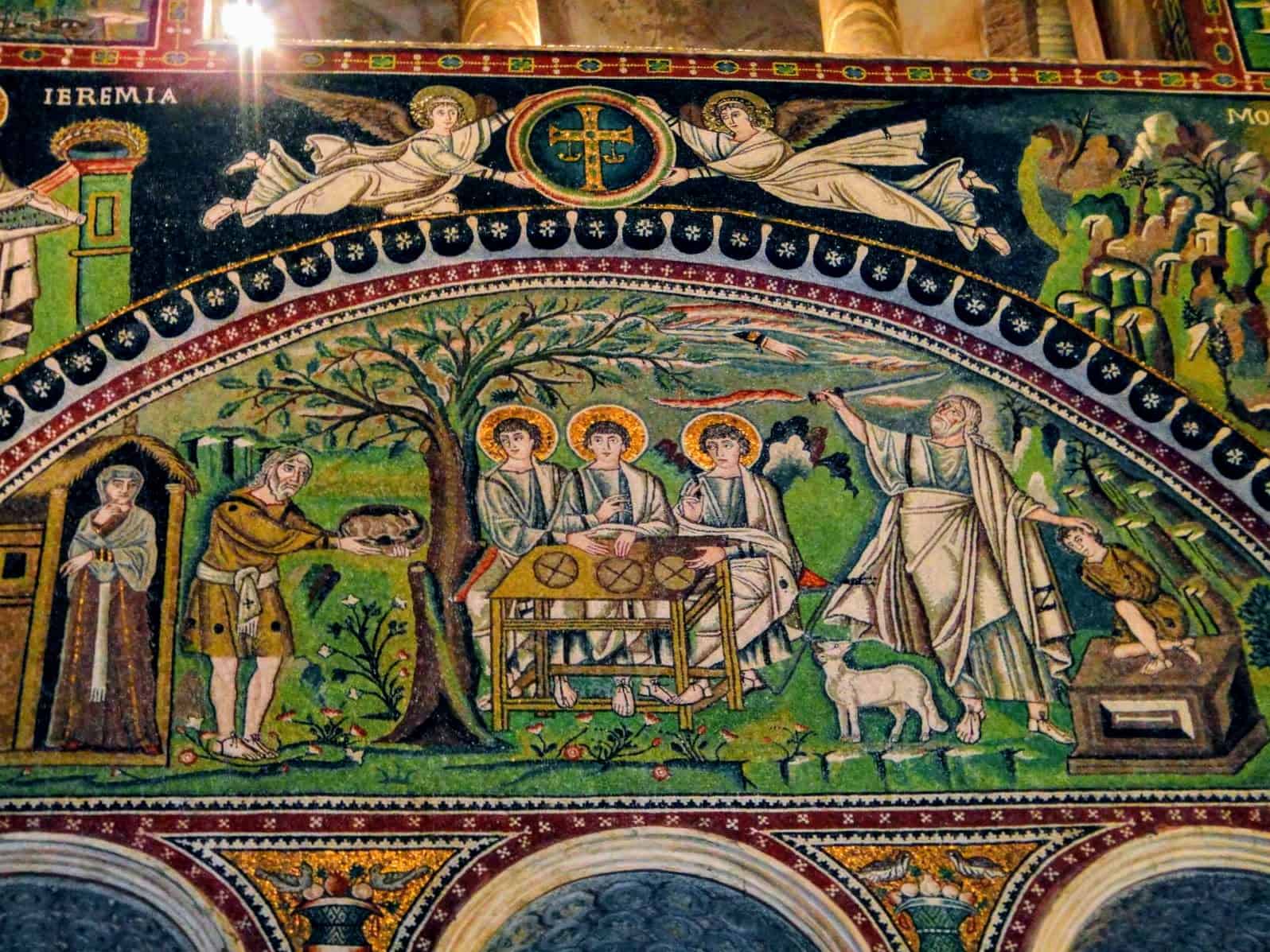
Ravenna is known throughout the world for its well-preserved collection of Byzantine mosaics, and the city has eight monuments that have been designated UNESCO World Heritage sites.
One of them, the orthogonal-shaped Basilica of San Vitale was founded in 540. Its simple exposed brick exterior belies an ornate interior with beautiful mosaics representative of the symbolism of early Christian art.
Faenza
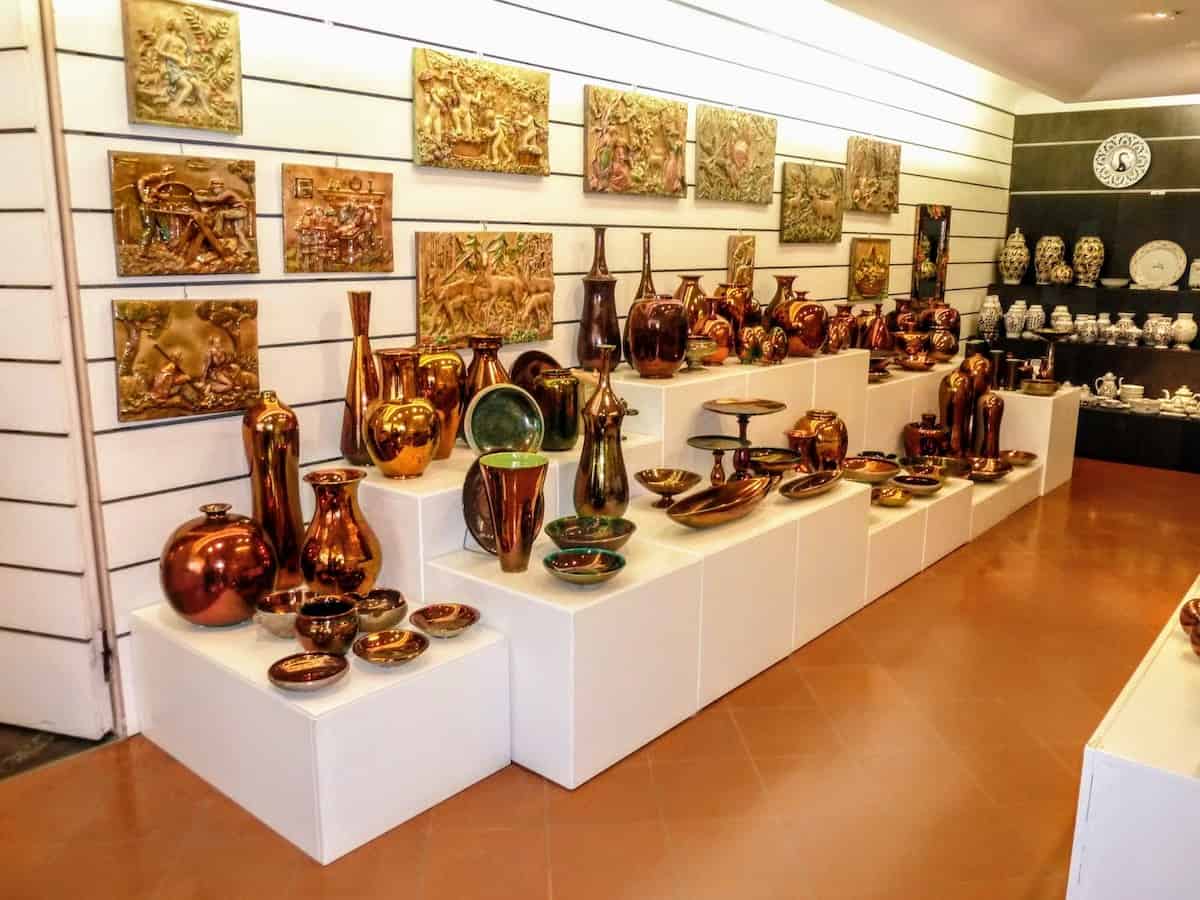
Faenza is known throughout the world for its handcrafted ceramics and is often called the “Capital of Ceramics. Specialized techniques developed here for glazing terracotta have been passed down for generations.
The city houses the International Ceramics Museum and boasts more than 60 artisan workshops. The Bottega D’Arte Ceramica Gatti was founded in 1928. Called a “futurist ceramicist,” Ricardo Gatti’s work is internationally recognized; the shop features a salesroom, work area, and museum.
Brisighella
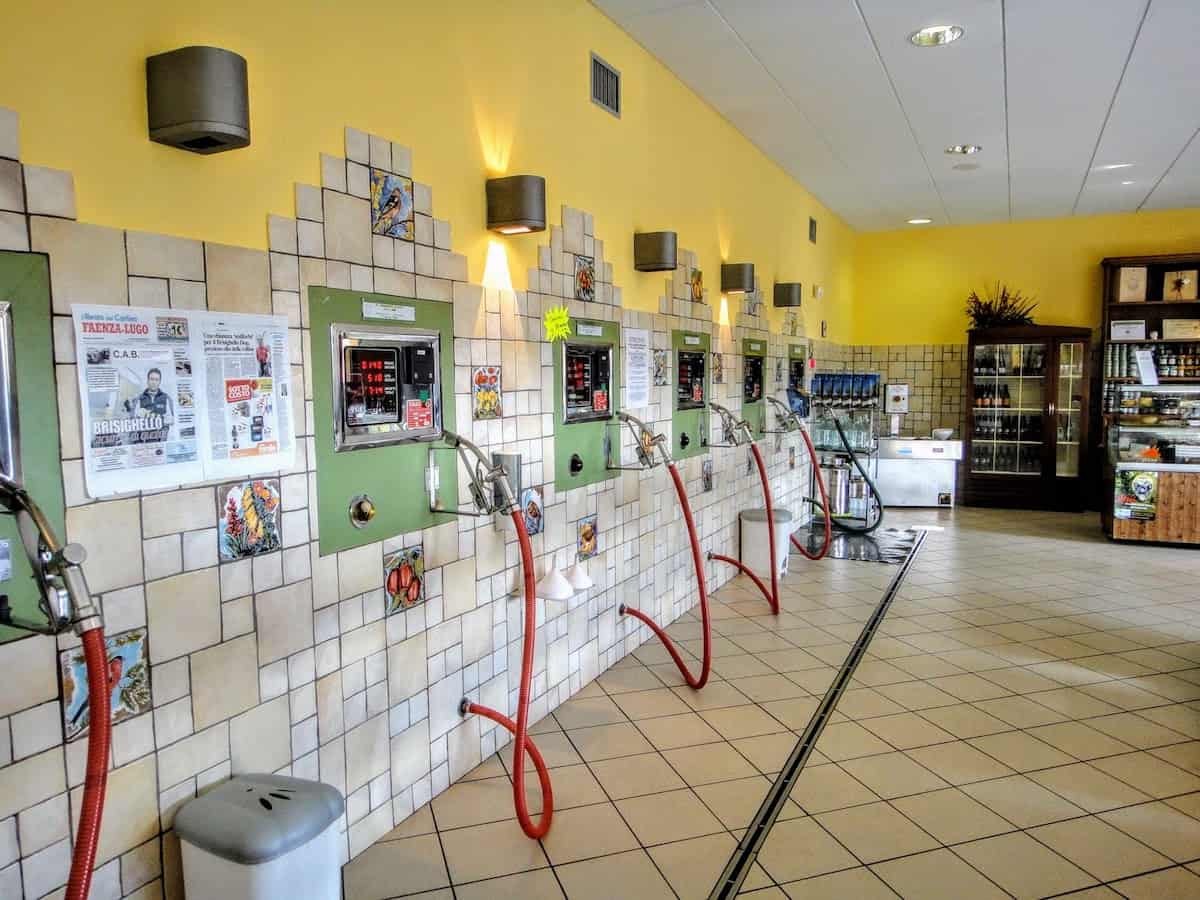
Brisighella, a medieval town in the Lamone Valley known for its architecture, wines, olive oils, and Moretto artichokes, is dominated by three hills. It always drew visitors to its outdoor thermal waters, Terme di Brisighella, which, unfortunately, are now permanently closed.
The Donkey Road (Via degli Asini) is the route where donkeys were once used to transport goods to other nearby towns, including the town’s precious olive oil.
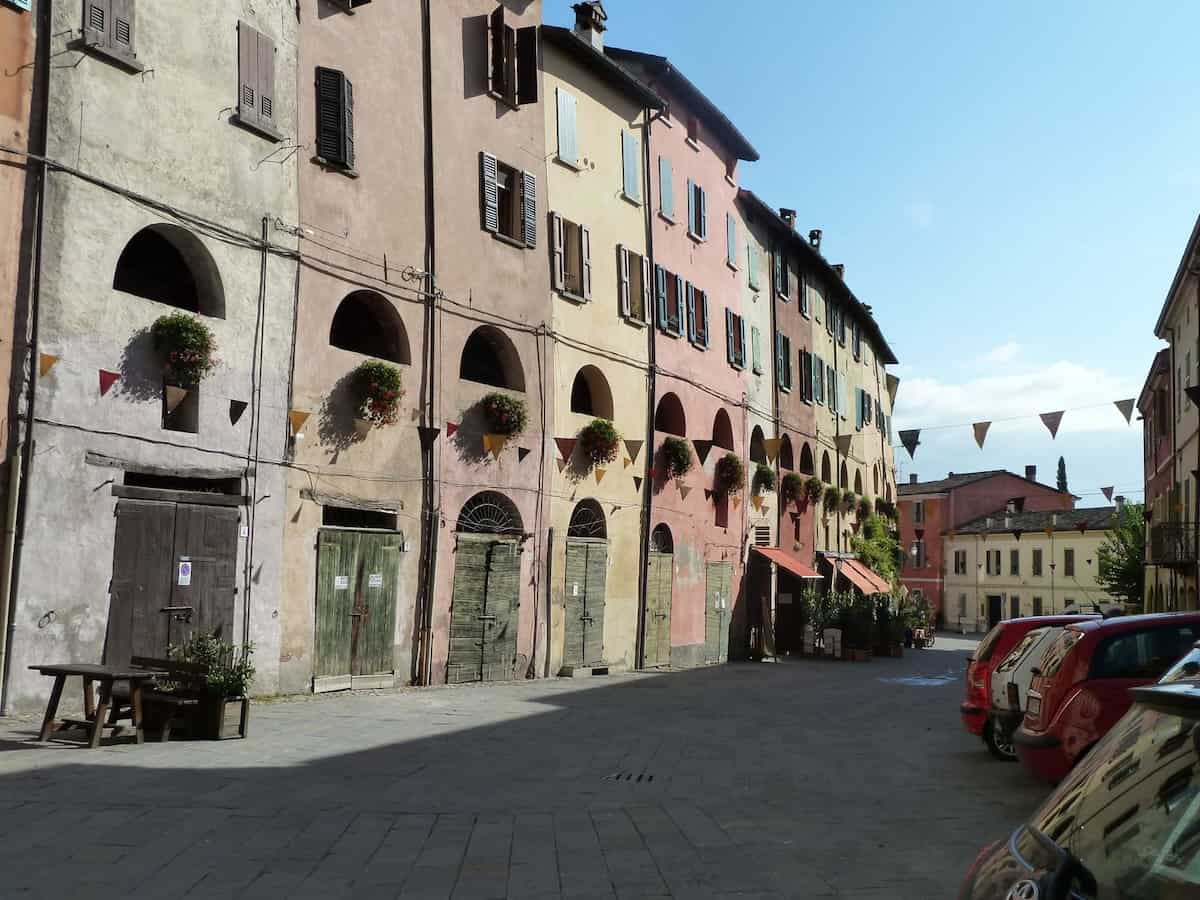
The D.O.C. wines in Brisighella are made from sun-soaked Sangiovese, Terrano, and Trebbiano grapes. At a local wine and oil cooperative, Terra di Brisighella, you can taste the wines and oils and watch the locals “fill ‘er up’” at the self-serve pumps.
Forlimpopoli
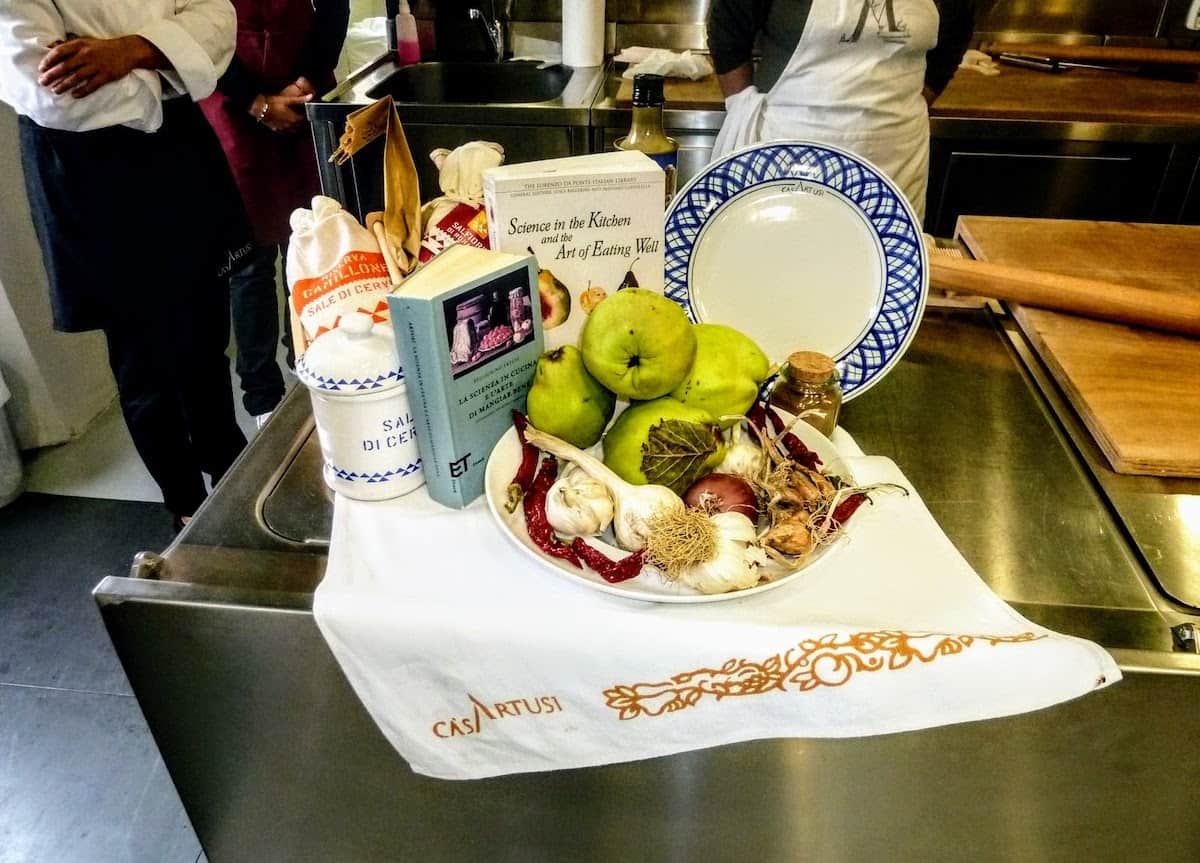
Forlimpopoli is situated in the province of Forli-Cesena, which is in the eastern part of Emilia Romagna.
An impressive 14th-century fortress anchors the town of Forlimpopoli, overlooking its main square.
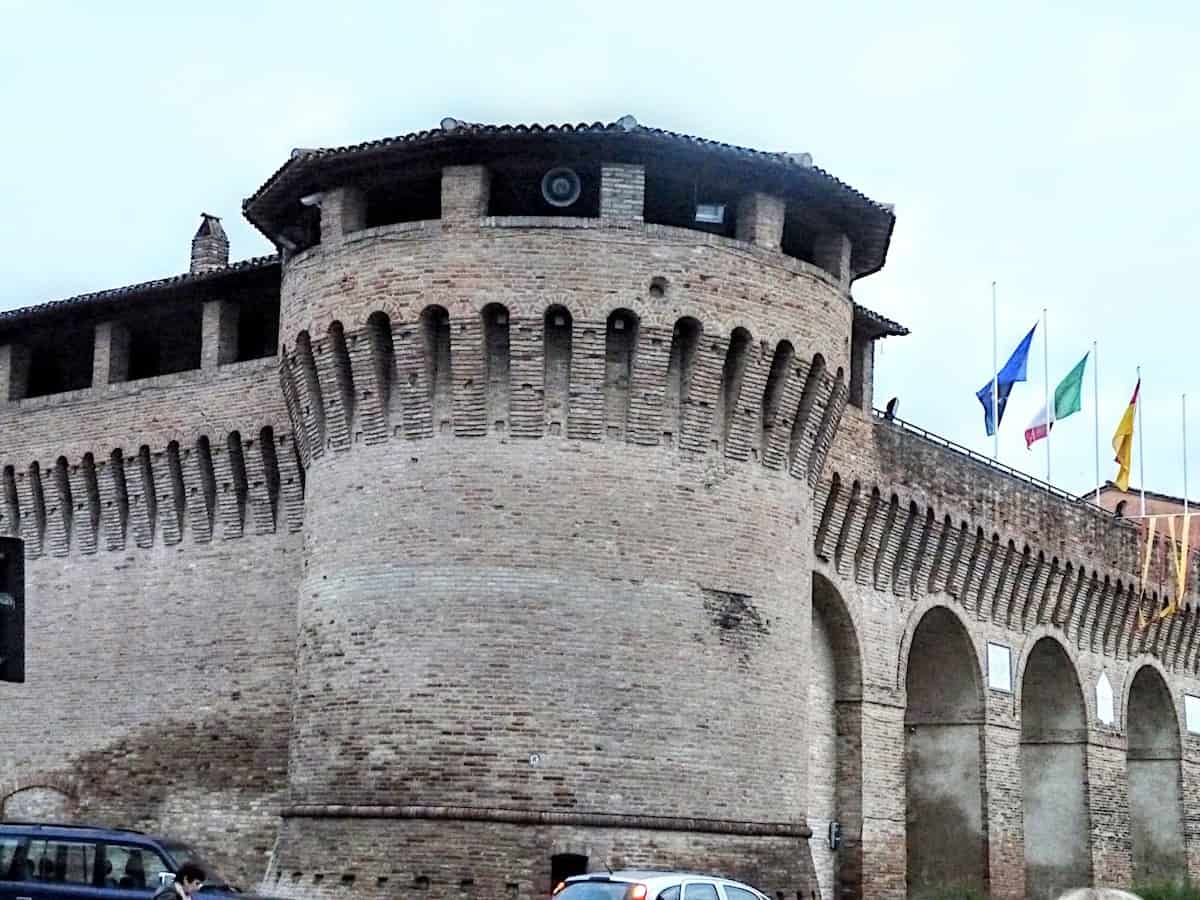
Just a few blocks, but seemingly a world away, is a stunning, contemporary glass-walled building called Casa Artusi. This living museum of Italian cookery was established in 2007 in memory of Pellegrino Artusi, who has been called the father of Italian home cooking.
The culinary center includes an extensive library, wine cellar, cooking school, and restaurant that are all well worth visiting. Artusi, who was born in Forlimpopoli, authored Science in the Kitchen and The Art of Eating Well, which is considered the classic book in defining the cuisine that became known as “Italian home cooking.”
The research library at Casa Artusi holds some 45,000 books that Artusi bequeathed to the town council upon his death. In collaboration with the Enoteca Regionale Emilia-Romagna, the wine cellar includes 200 varieties of regional wines.
Cesena
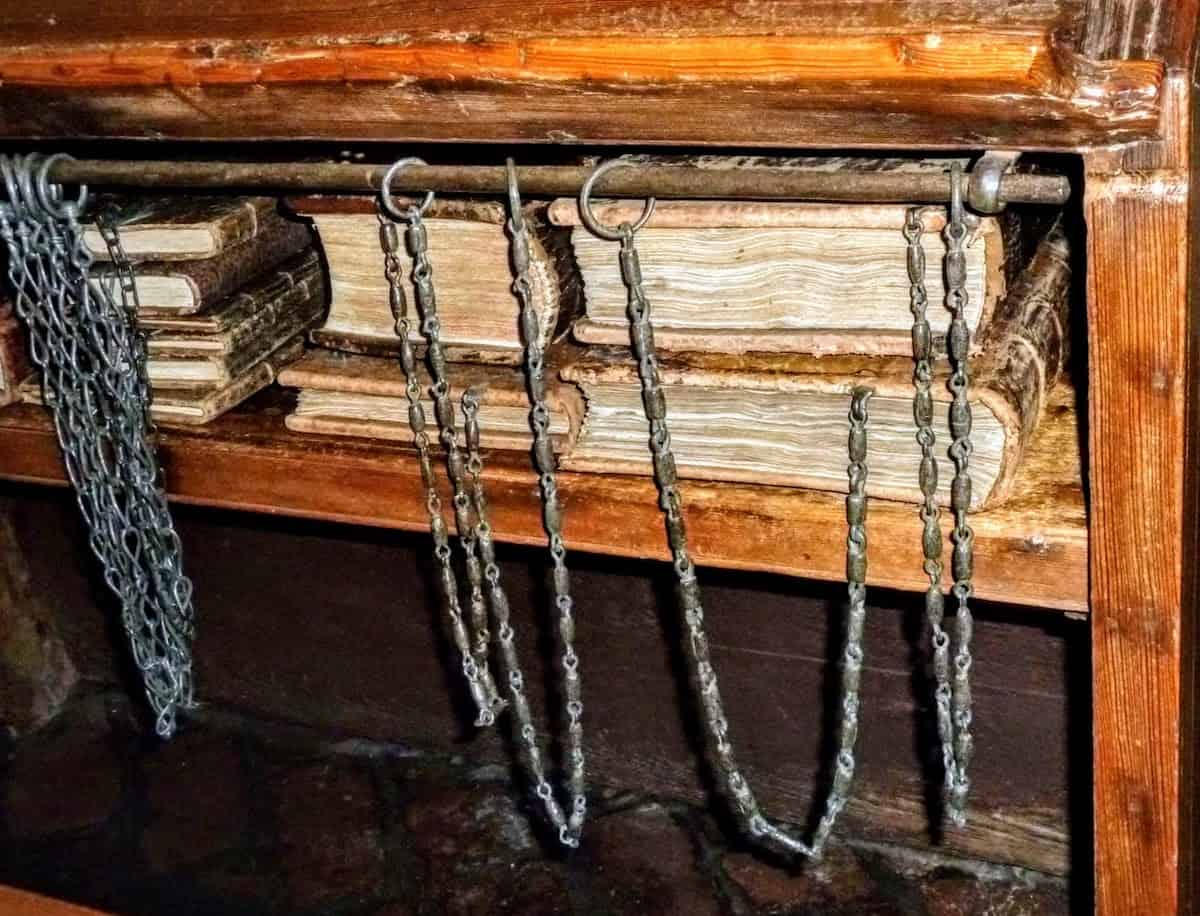
Cesena offers several unforgettable gems: La Rocca is a pentagonal walled fortress built by the Malatesta family. One of its towers is used as a museum of agricultural history (depicting rural life in the area), and the other is a museum housing a collection of Malatestian ceramics.
The picturesque Abbey of St. Maria del Monte is perched atop a hill that can be seen from most streets in the historic center; it is more than 1000 years old and has a priceless collection of small painted votive tablets (called ex-votos).
Entering the Malatestiana Library, the oldest public library in Europe is likely stepping back in time. The building, its furnishings, and its hand-transcribed books remain virtually untouched since the 15th century.
Sant’Agata Feltria
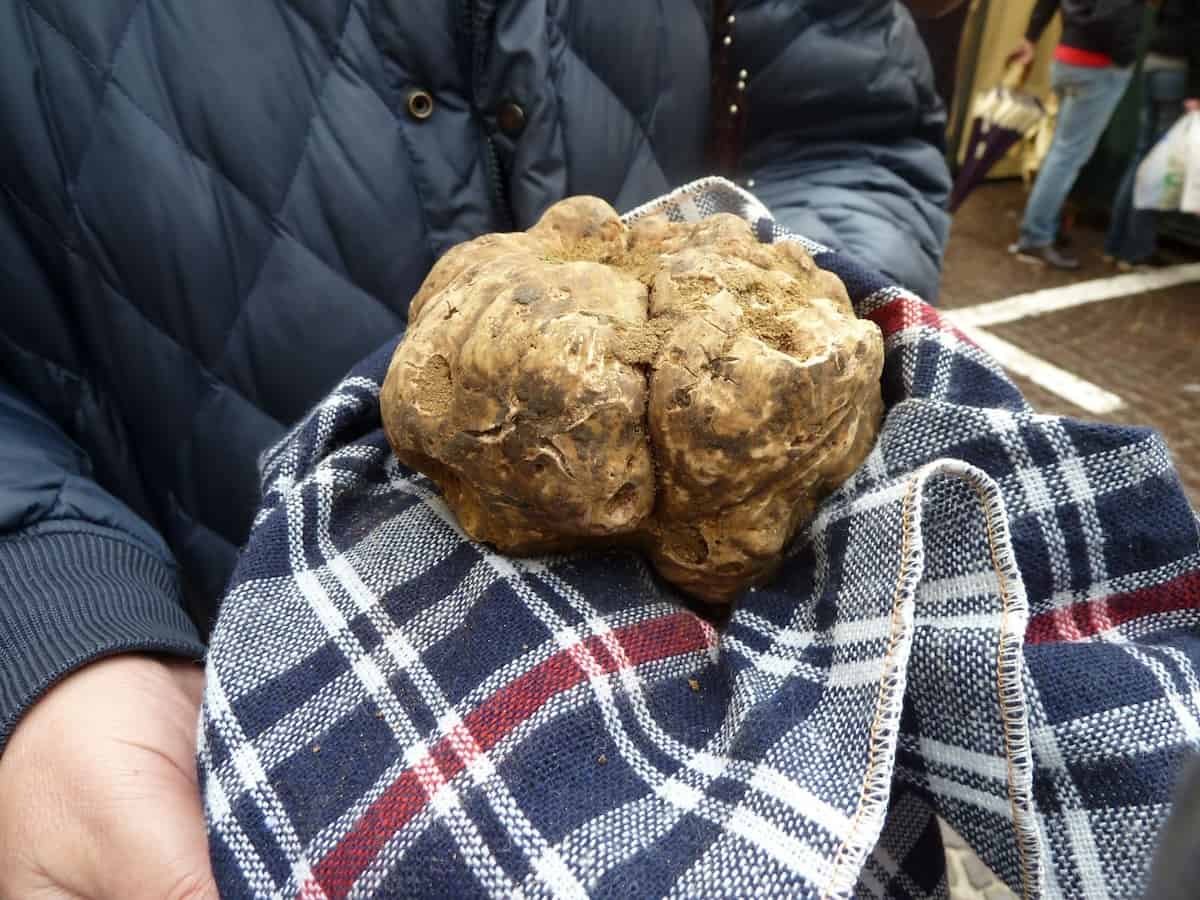
The charming medieval village of Sant’Agata Feltria is called the “City of the Truffle” because it’s the home of Italy’s National White Truffle Fair, held here every Sunday in October. During the fair, the streets and squares are filled with the fragrance of white truffles as visitors sample and purchase specialty food products including truffles (in every paste, sauce, and form you can imagine), mushrooms, chestnuts, cheeses, wines, and honey.
In a large tent that seats 600 people, local restaurateurs serve affordable truffle dishes and wines.
The Burning Question: Does Emilia Romagna have a hyphen or not?
We asked Barbara Candolfini who works with the Emilia Romagna Tourism office. She agreed that it was a good question!
Barbara said that the hyphenated version is preferred although the version without the hyphen is broadly accepted. The hyphen suggests that Emilia and Romagna are two distinct areas each with its own unique geography, history, foods and cultural traditions, as is the case.
Famous food products and dishes of Emilia Romagna
Any food or wine enthusiast visiting Emilia Romagna, shouldn’t miss tasting these regional specialties. Make sure you check off each of these items during your trip:
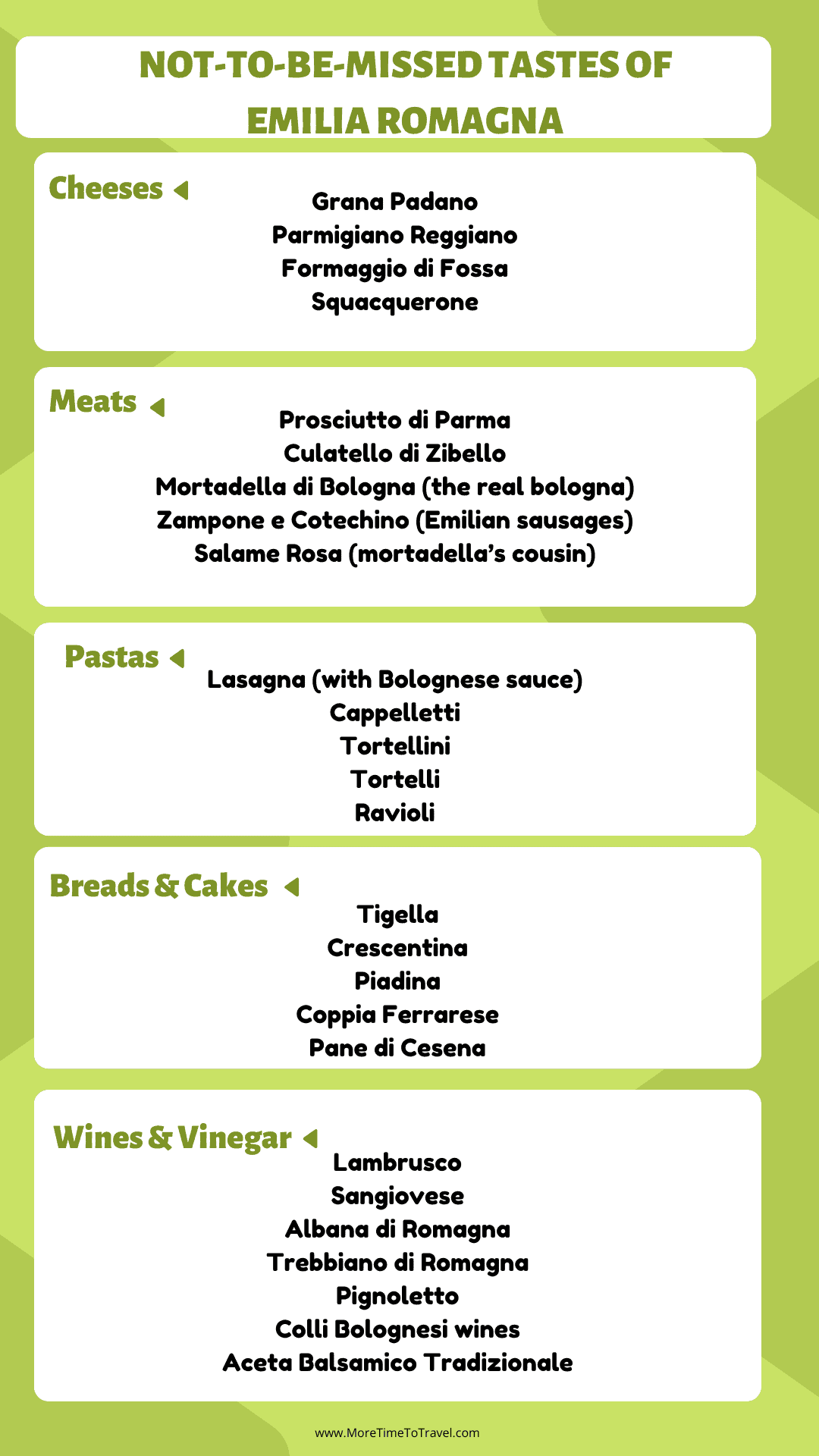
Free download: Not-to-be-missed Tastes of Emilia Romagna
Italy’s newest Region of Honor
The National Italian American Foundation (NIAF) made Emilia Romagna its 2023 Region of Honor.
In making the announcement, Gabriella Mileti, NIAF Director of Special Programs summarized the reasons for the selection:
The region offers a sensual blend of both natural and cultural wonders: marvelous Renaissance monuments, UNESCO heritage sites, seaside rivieras, national parks, and of course superstar gastronomy of rich, mouthwatering Italian comfort food.
What more could you ask for?
READ MORE
Emilia Romagna official tourism site
Official site of the BOlogna-Modena Tourist Territory
Save to Pinterest!!

